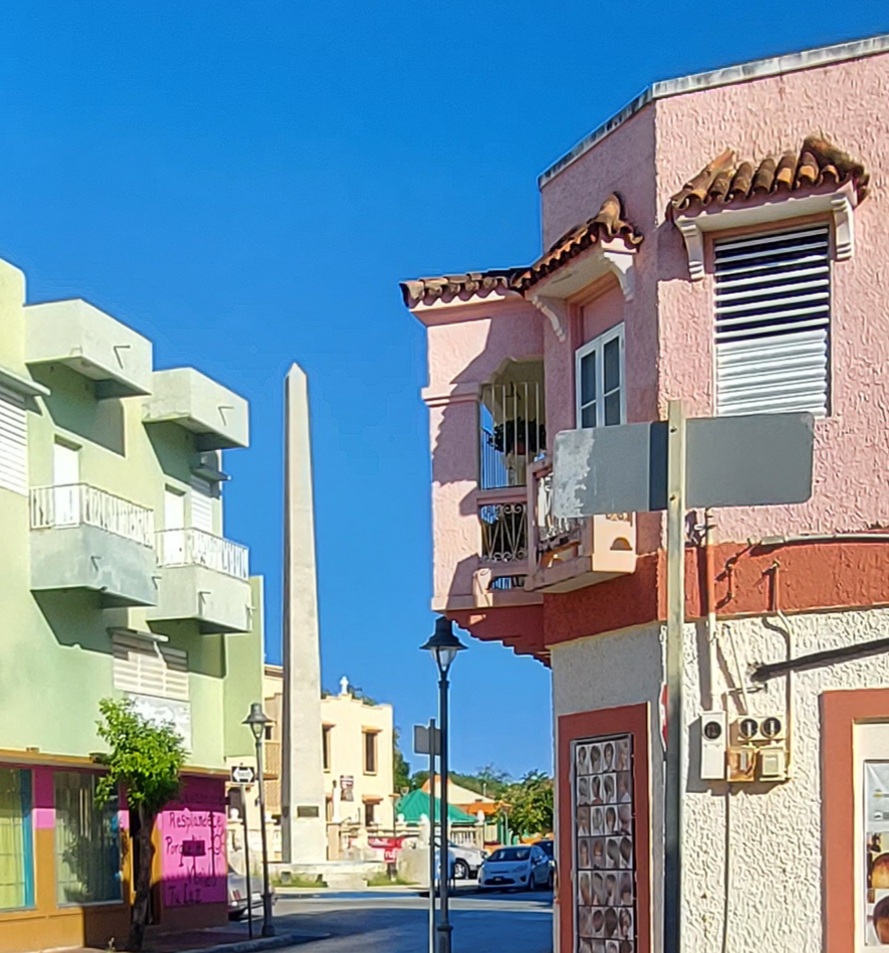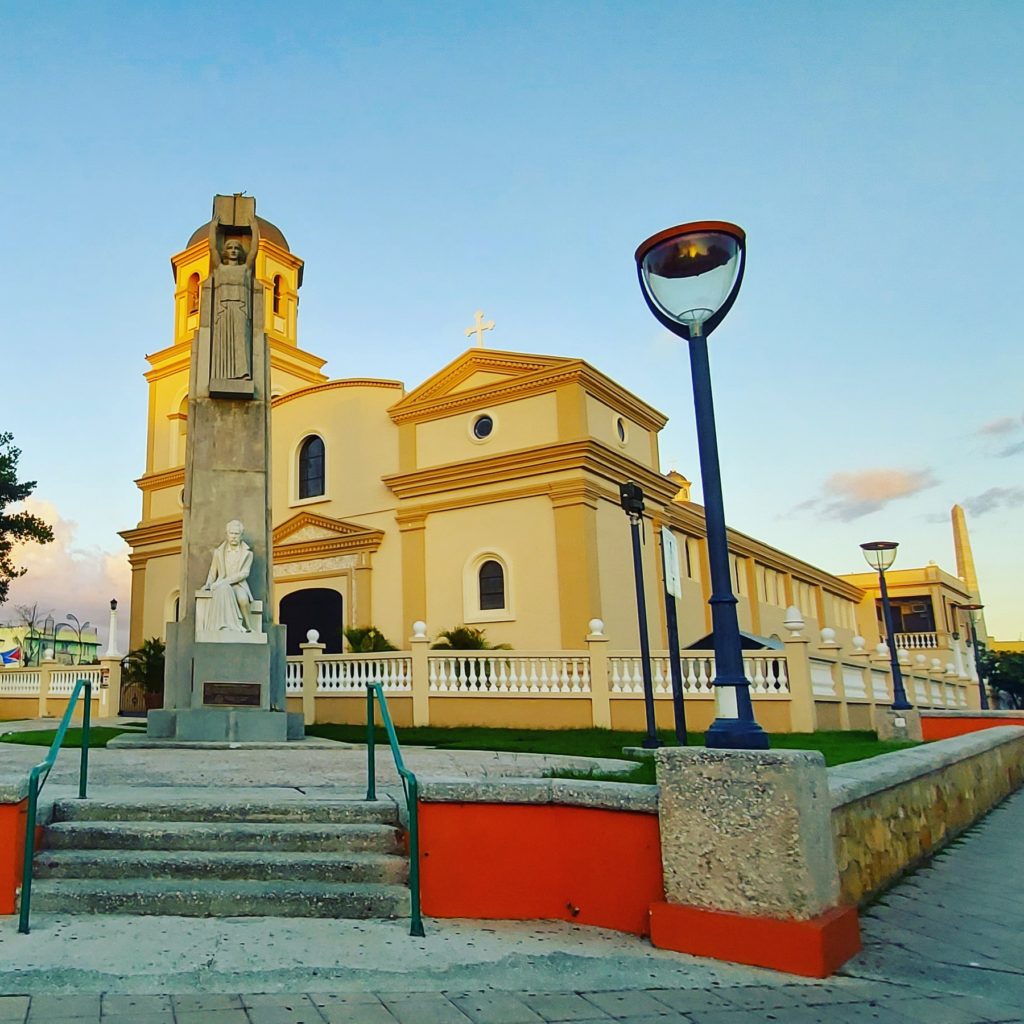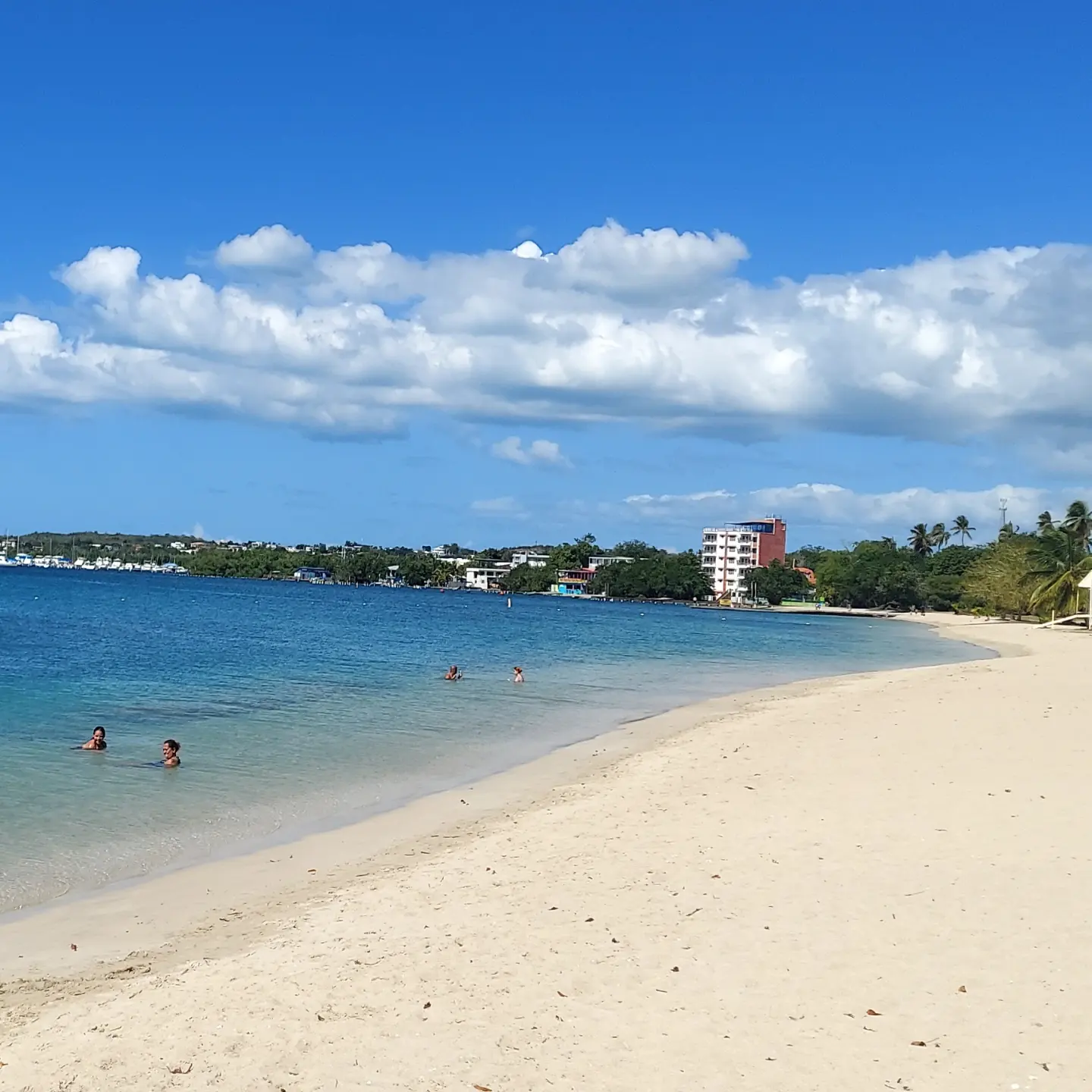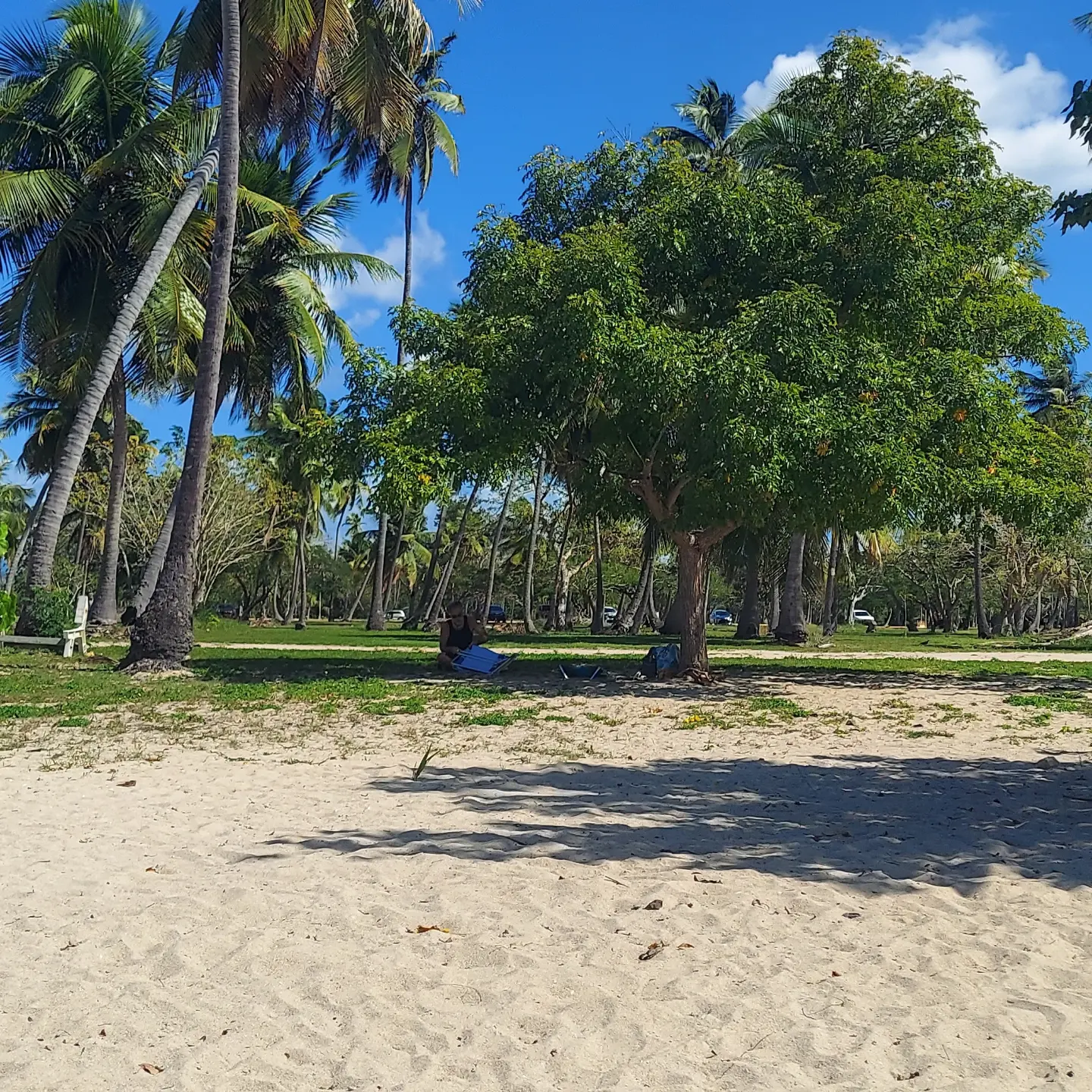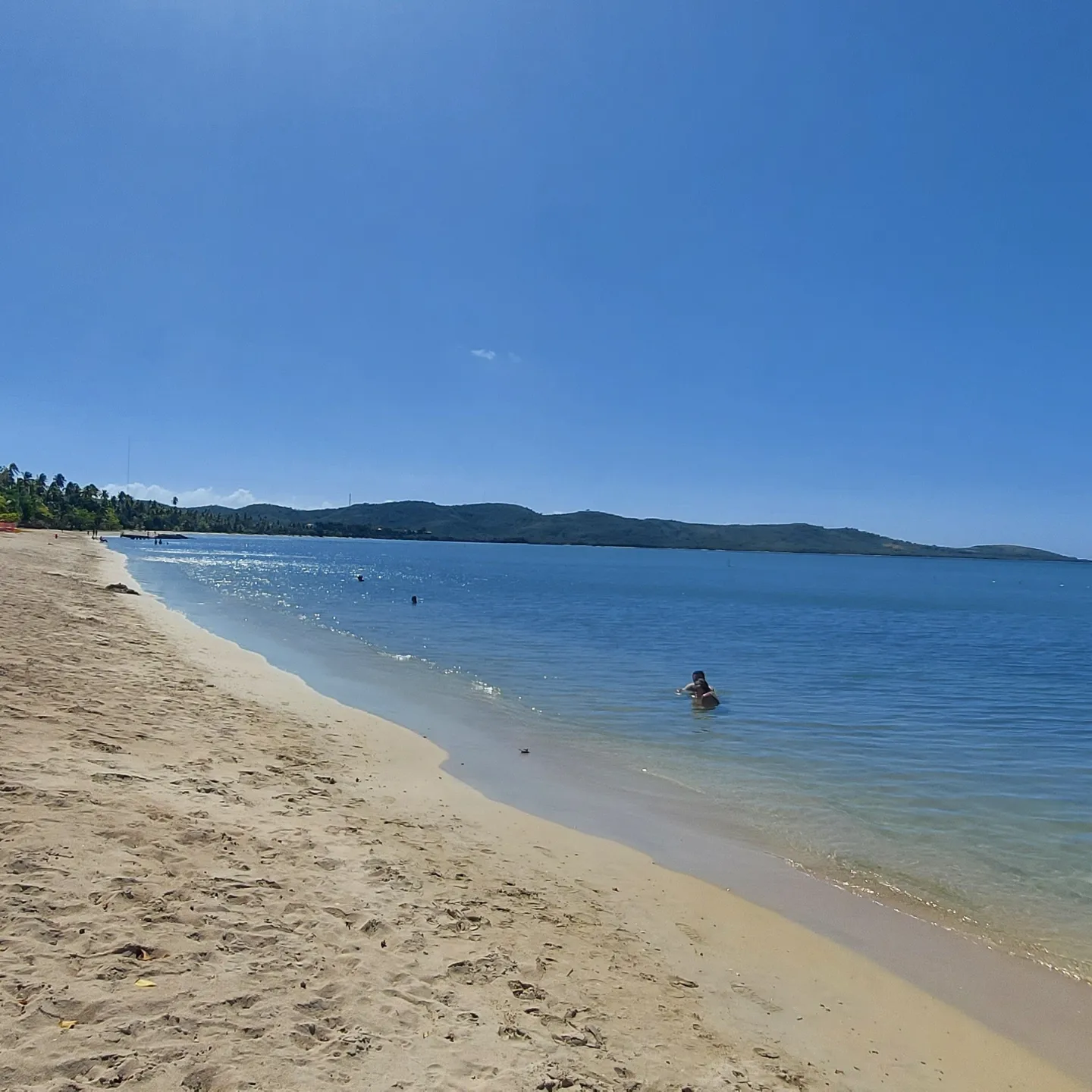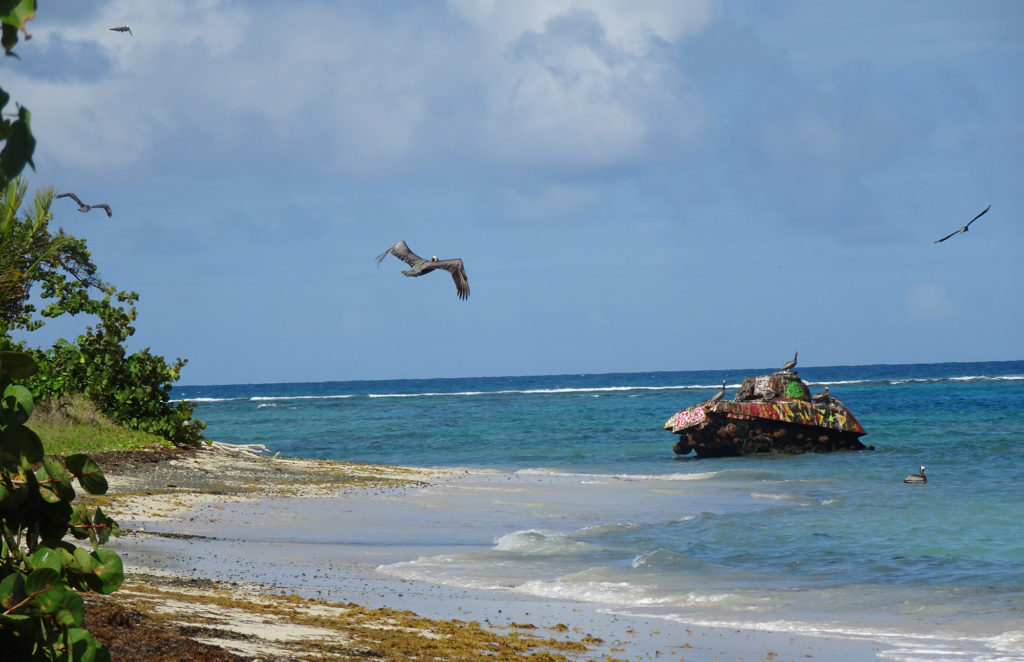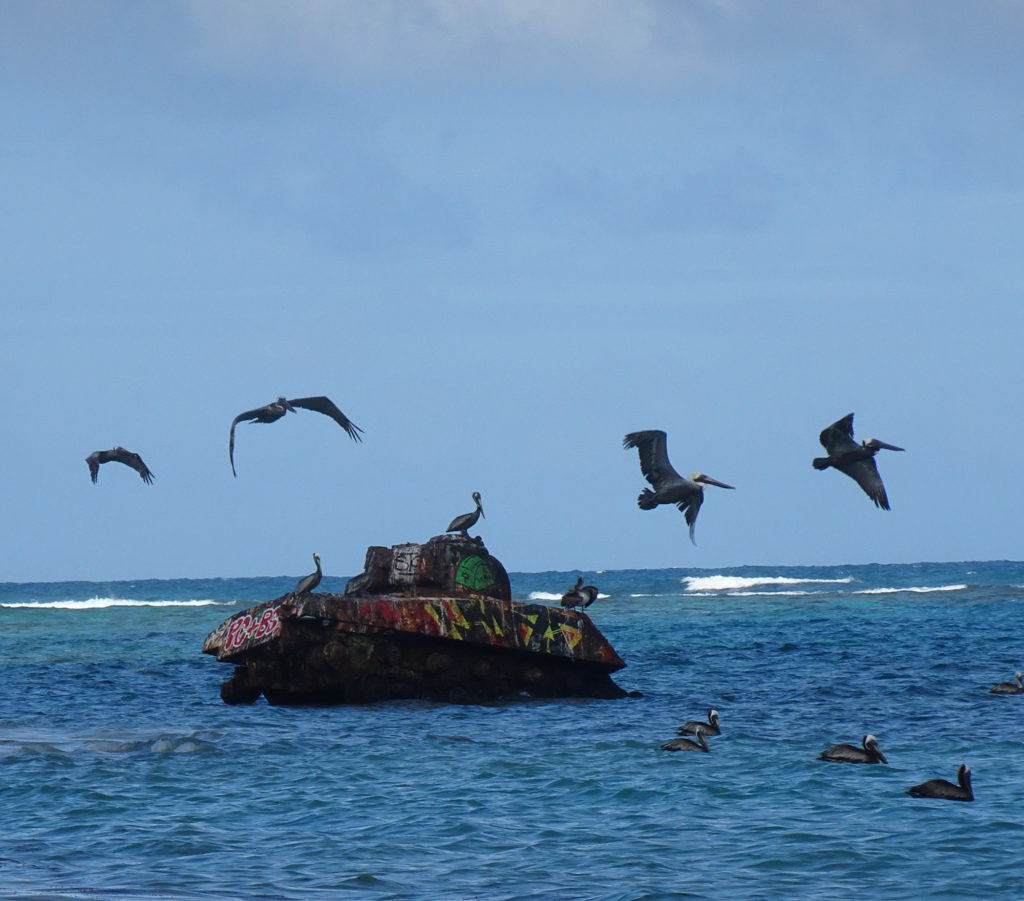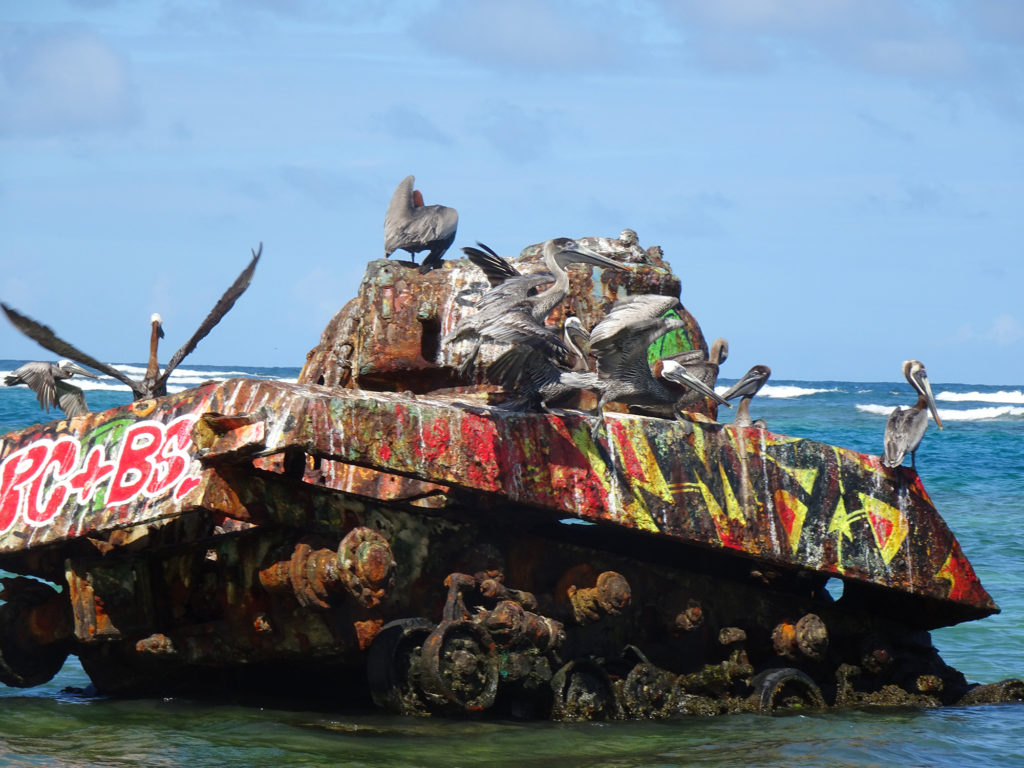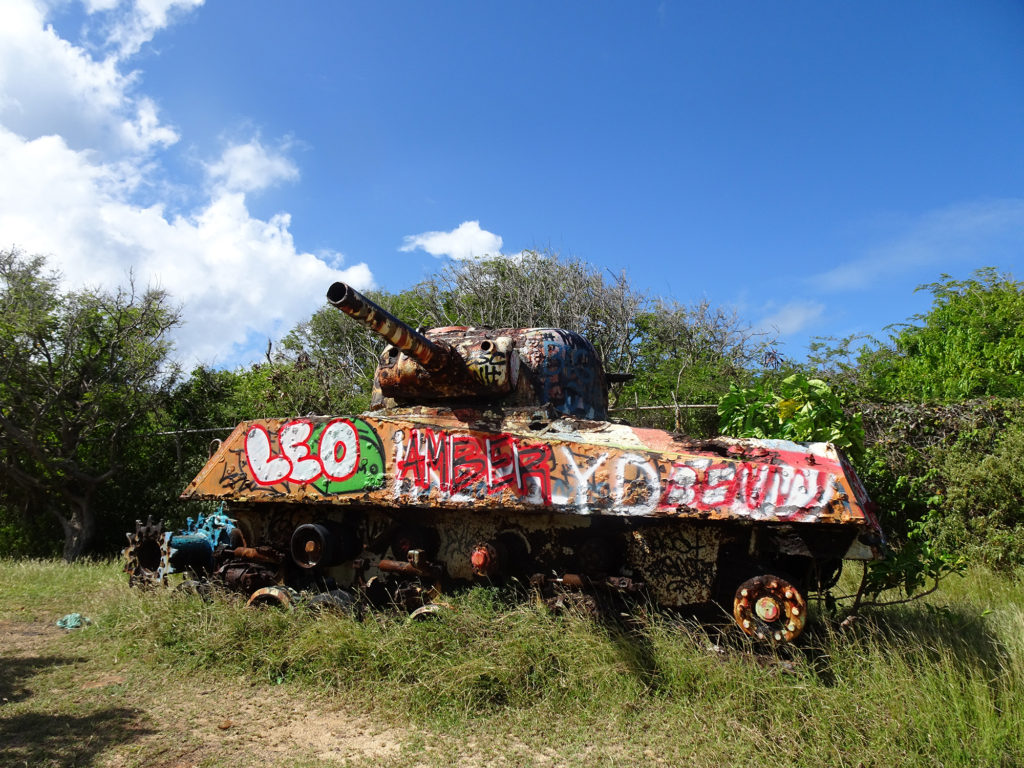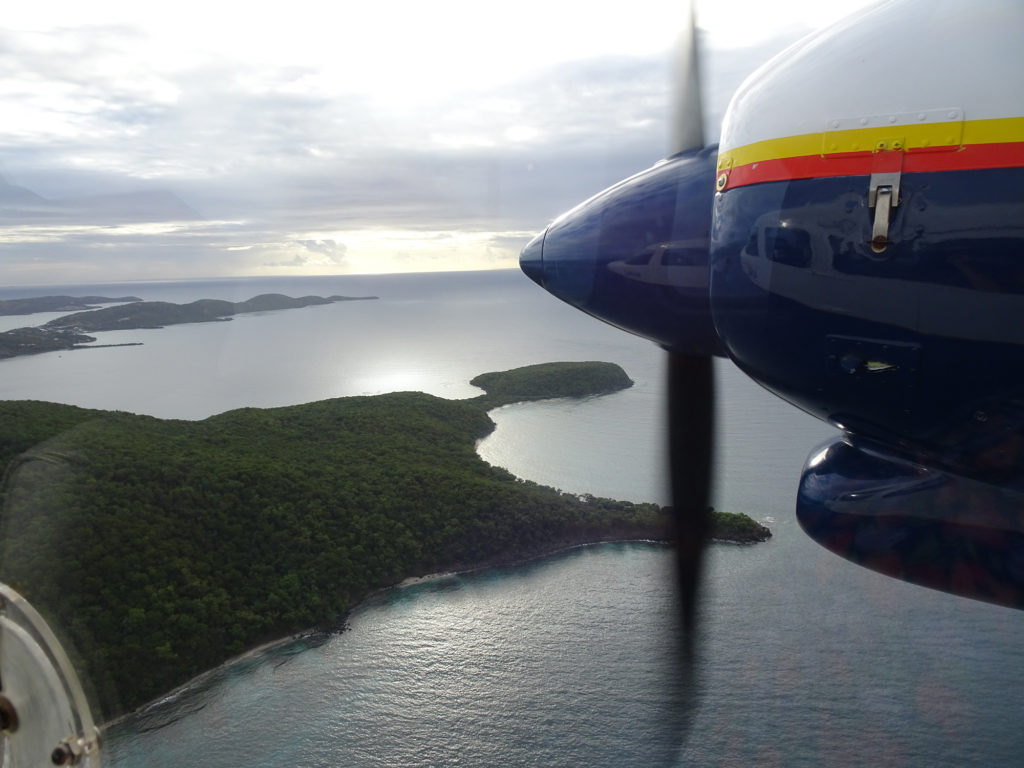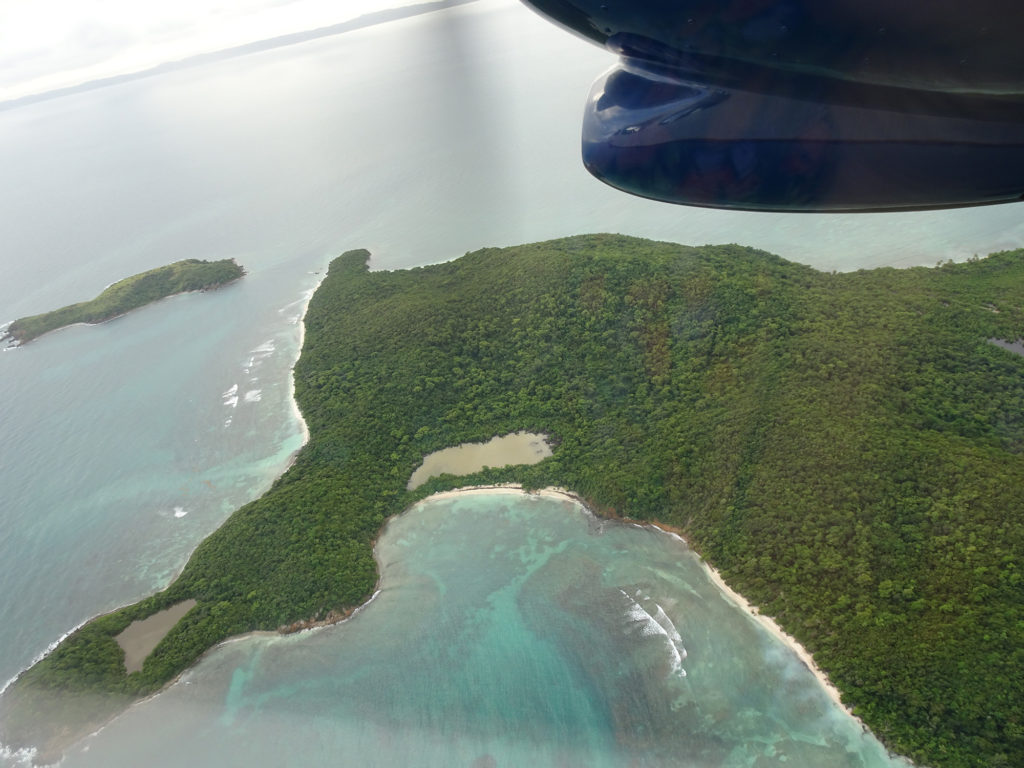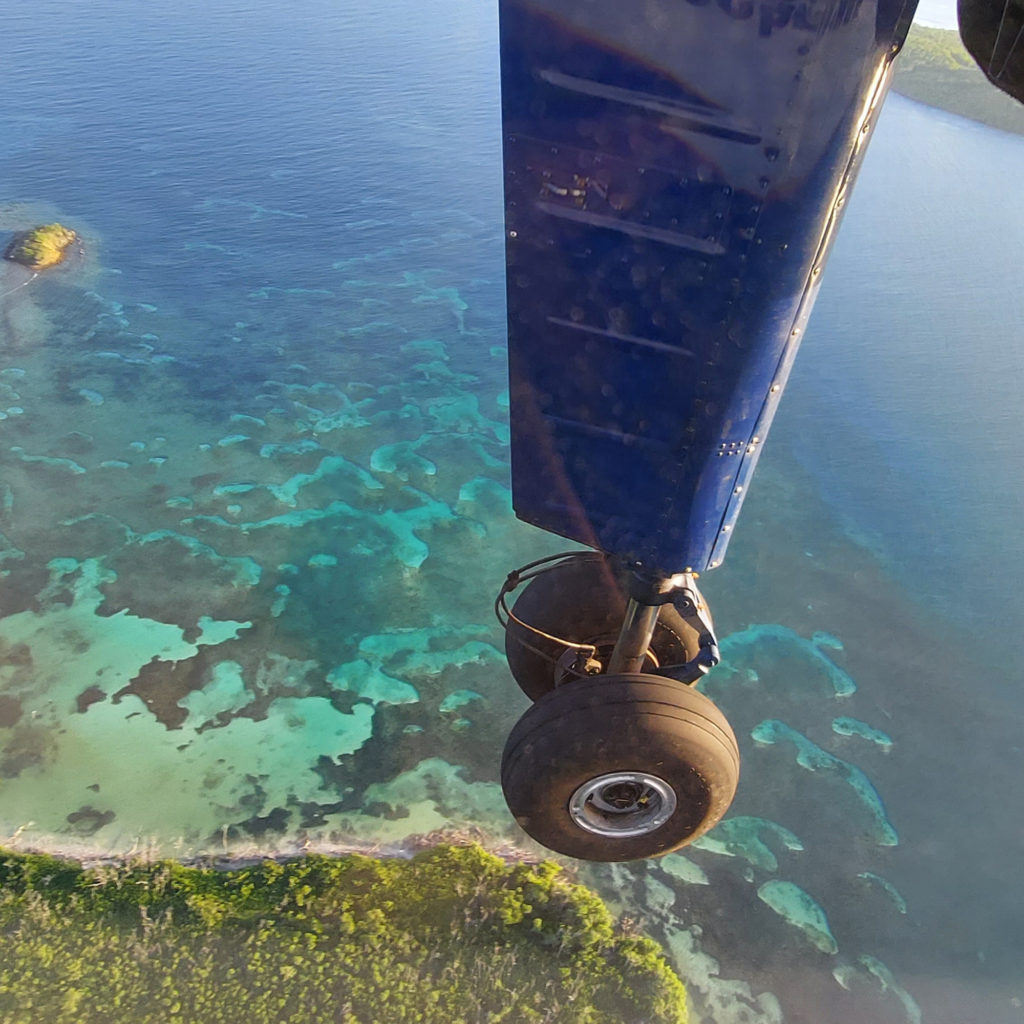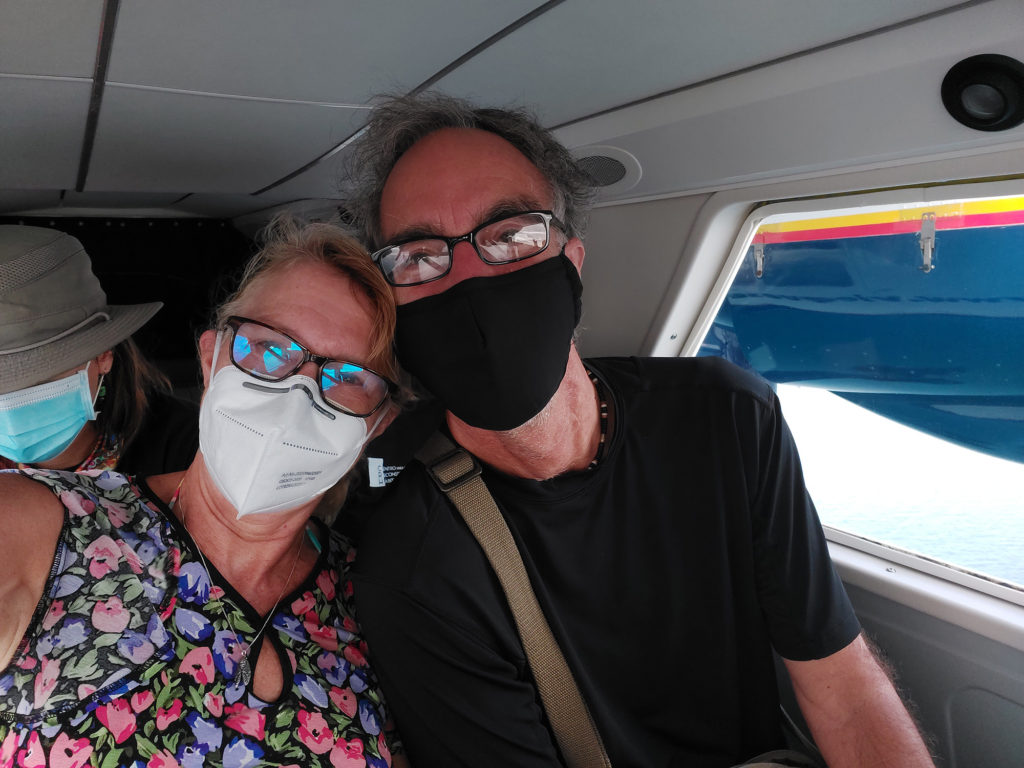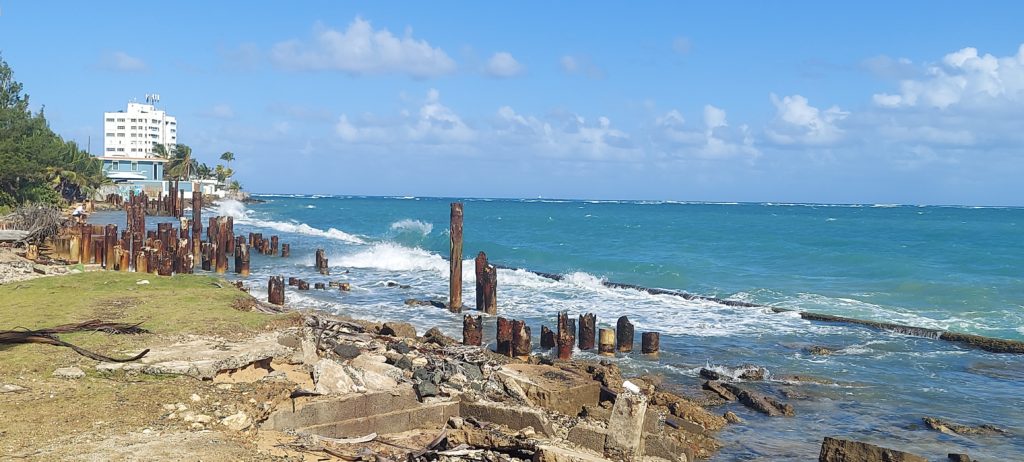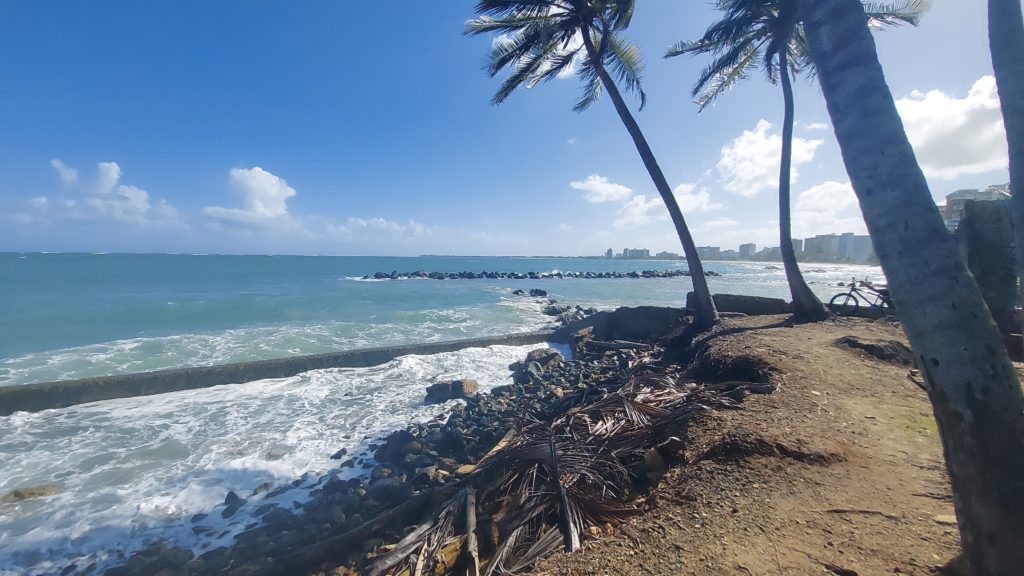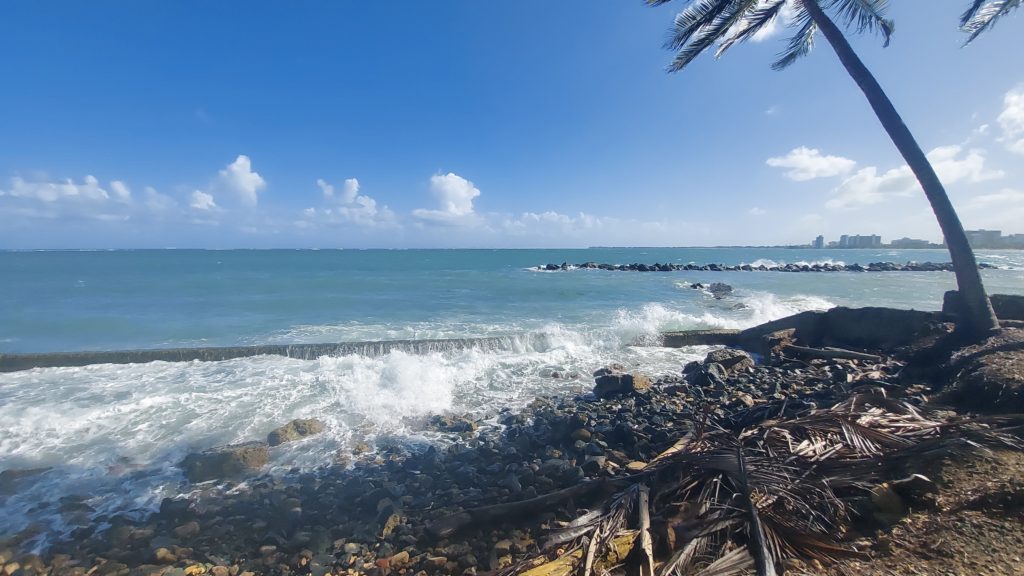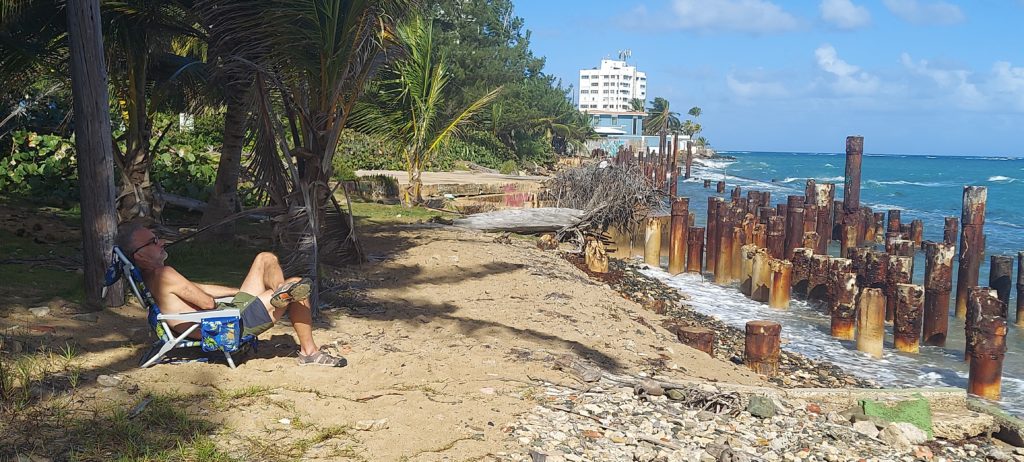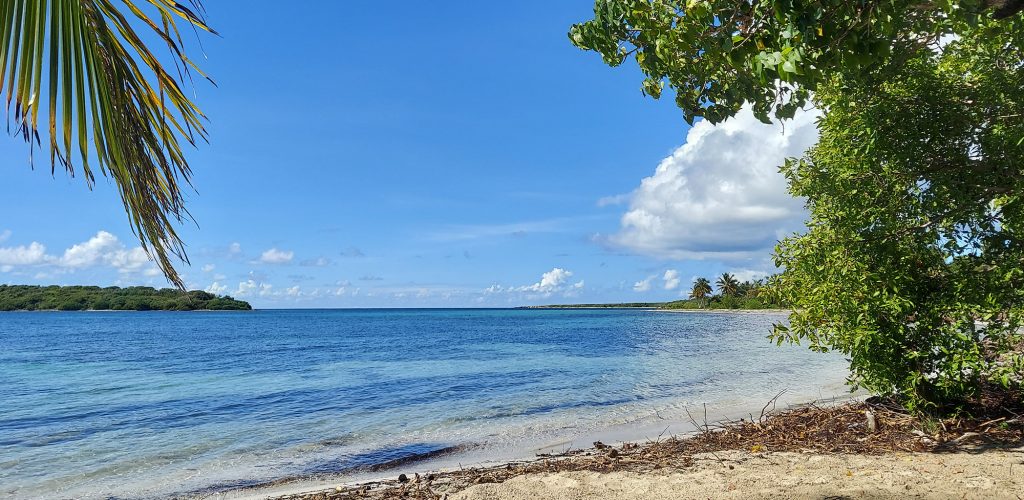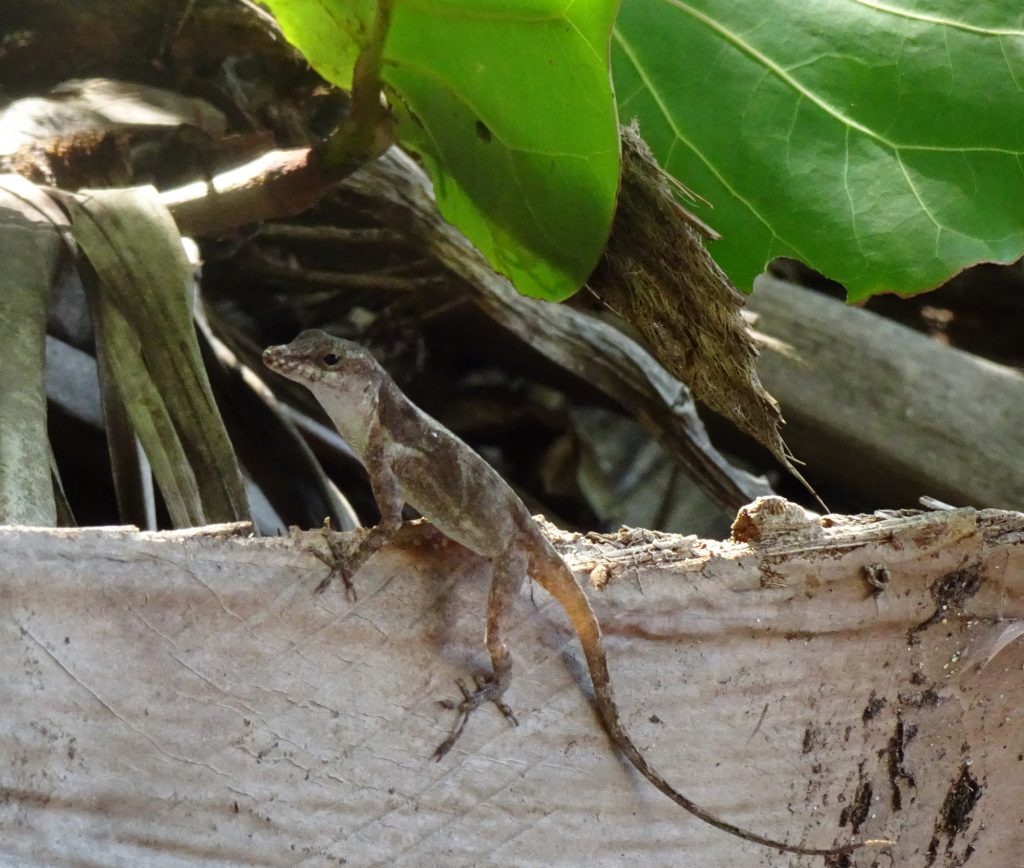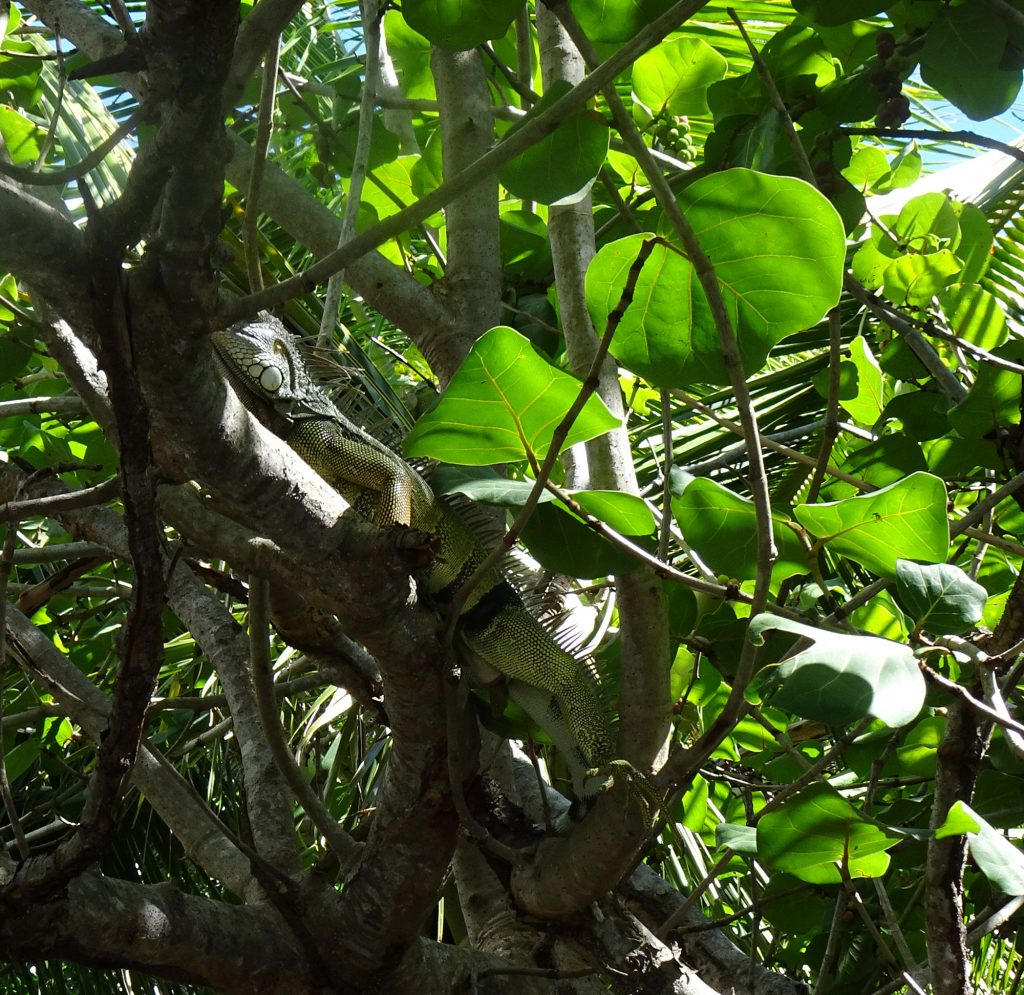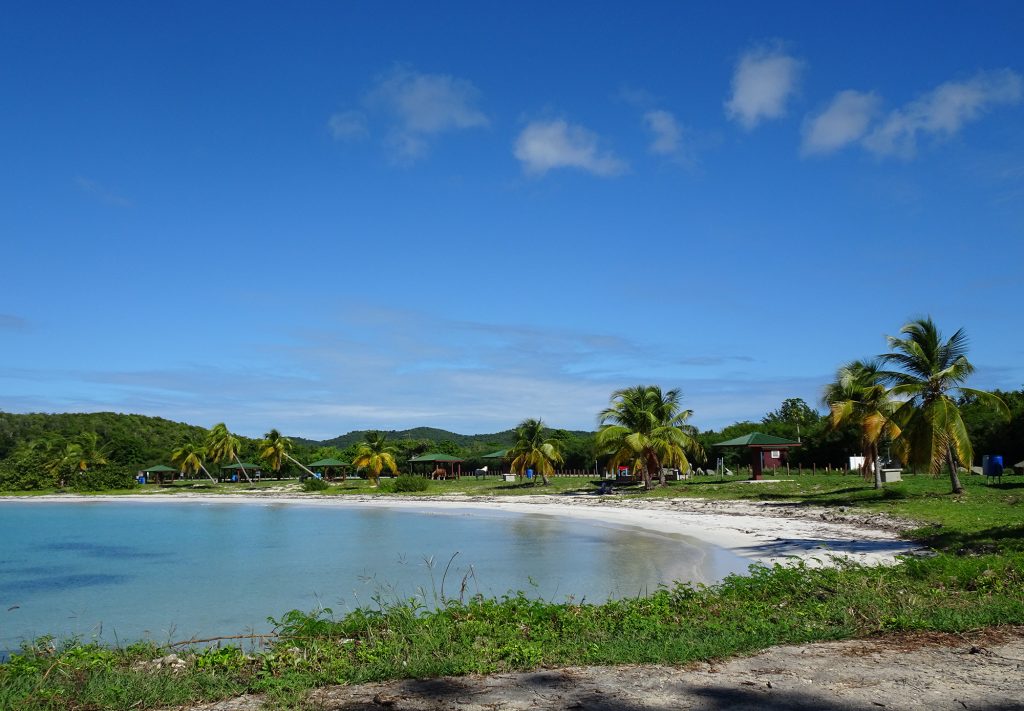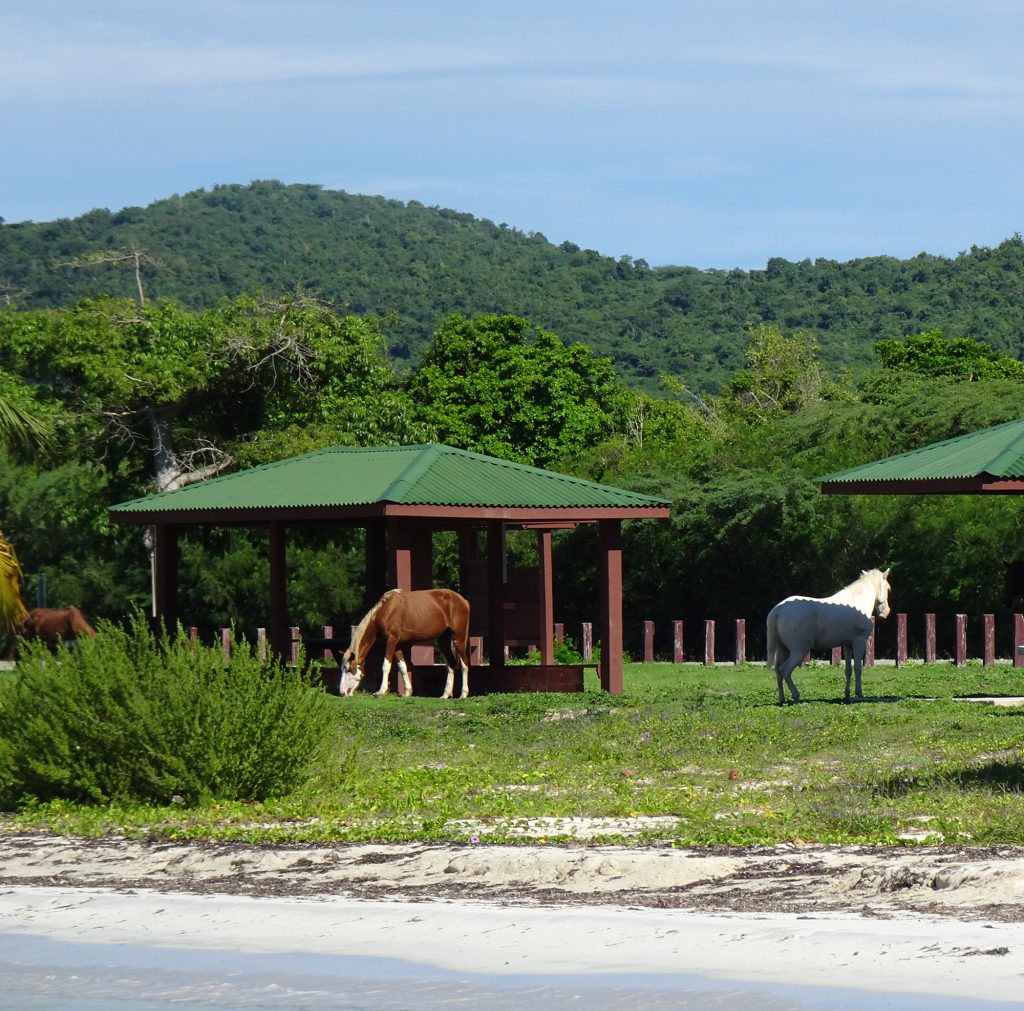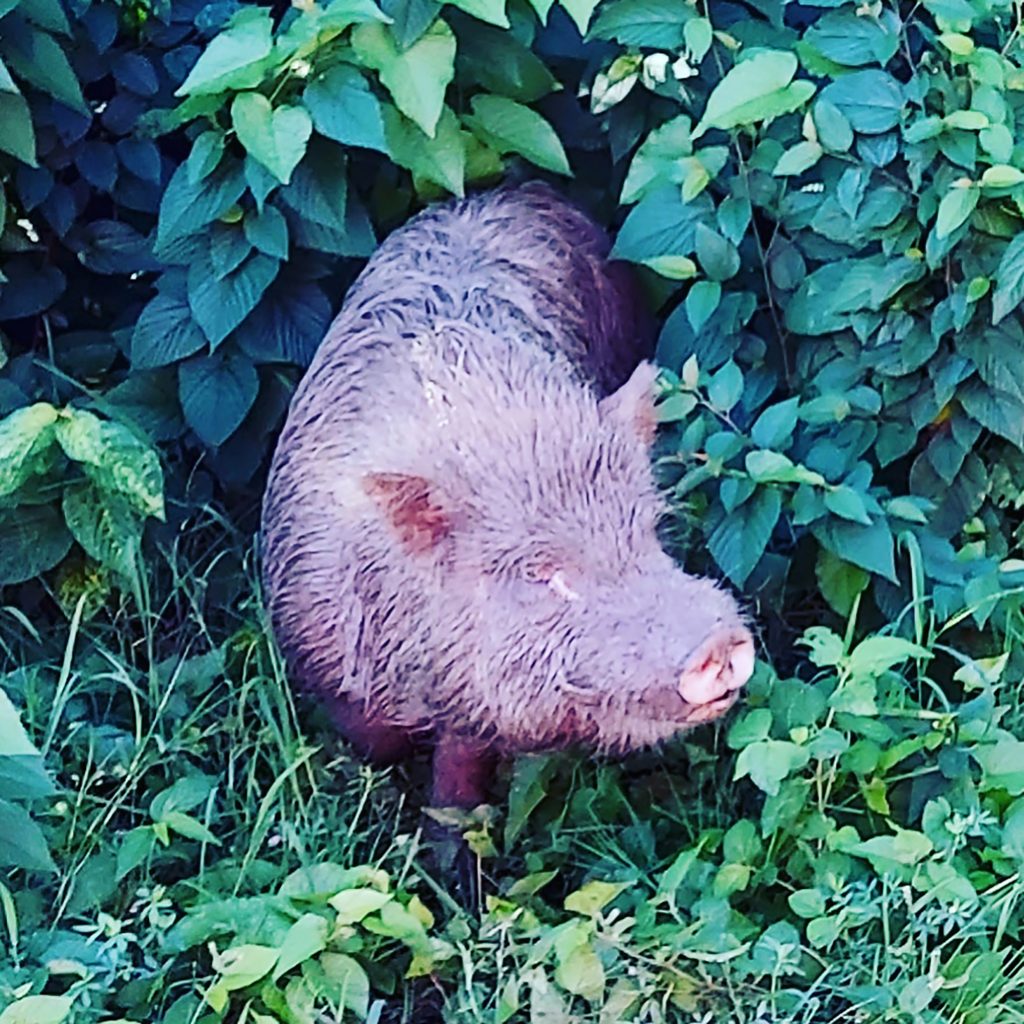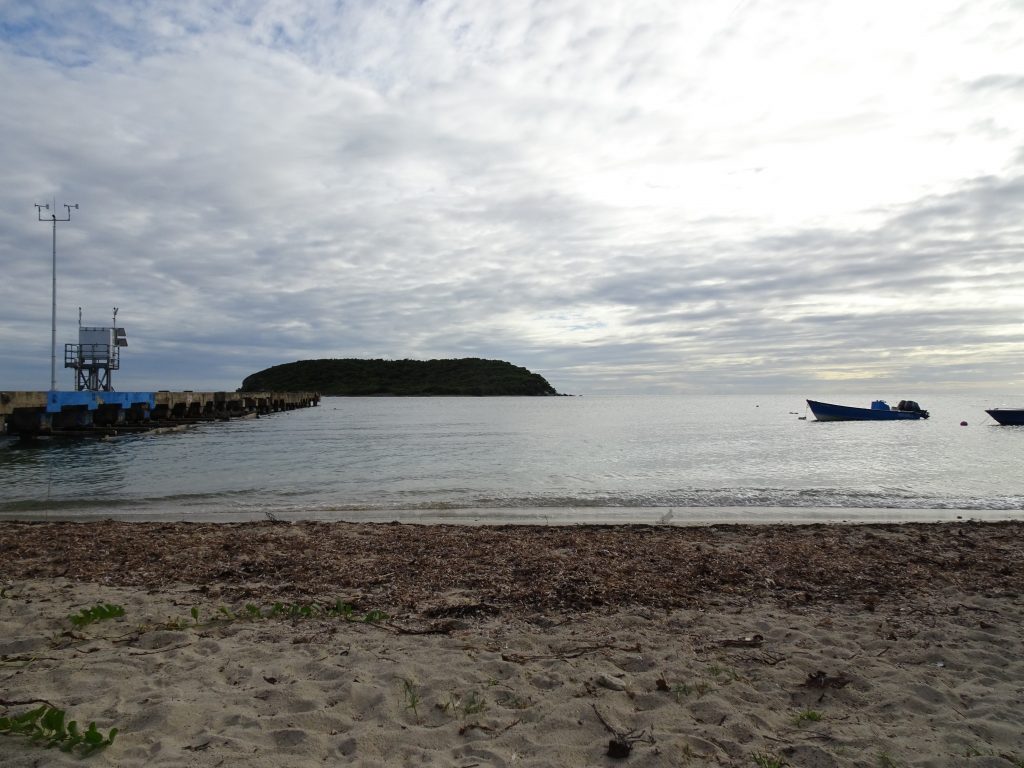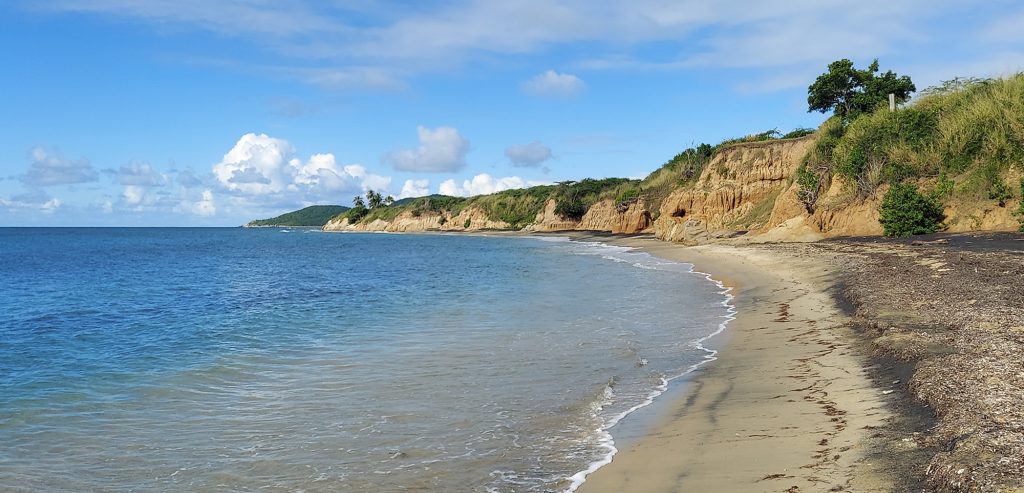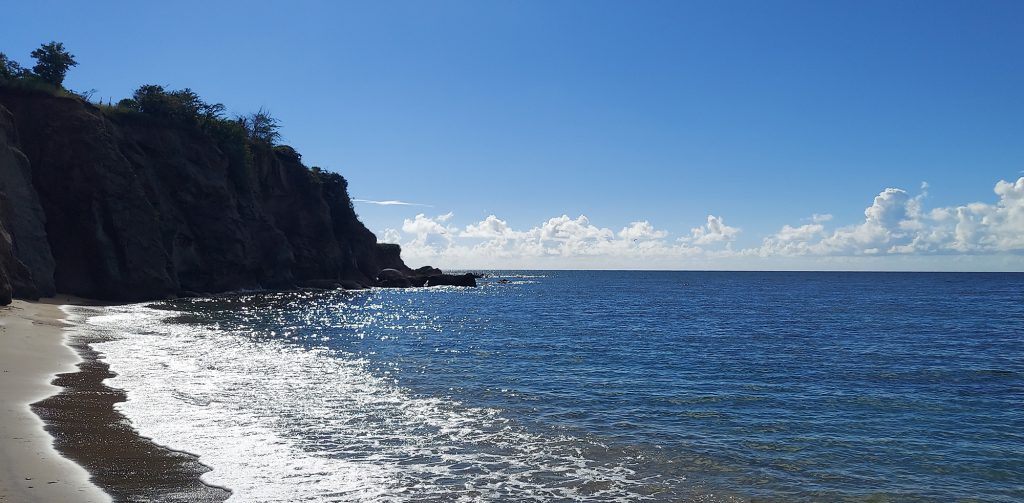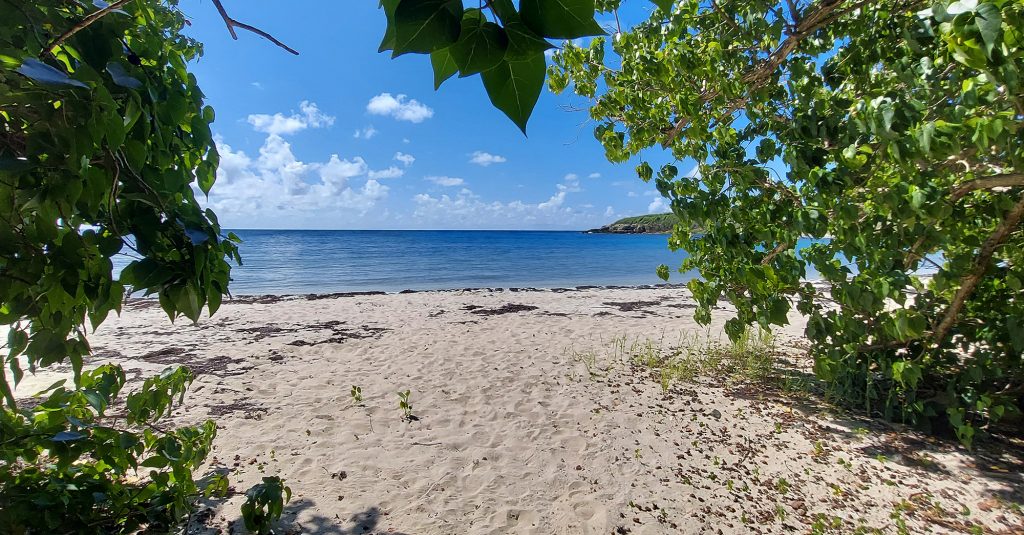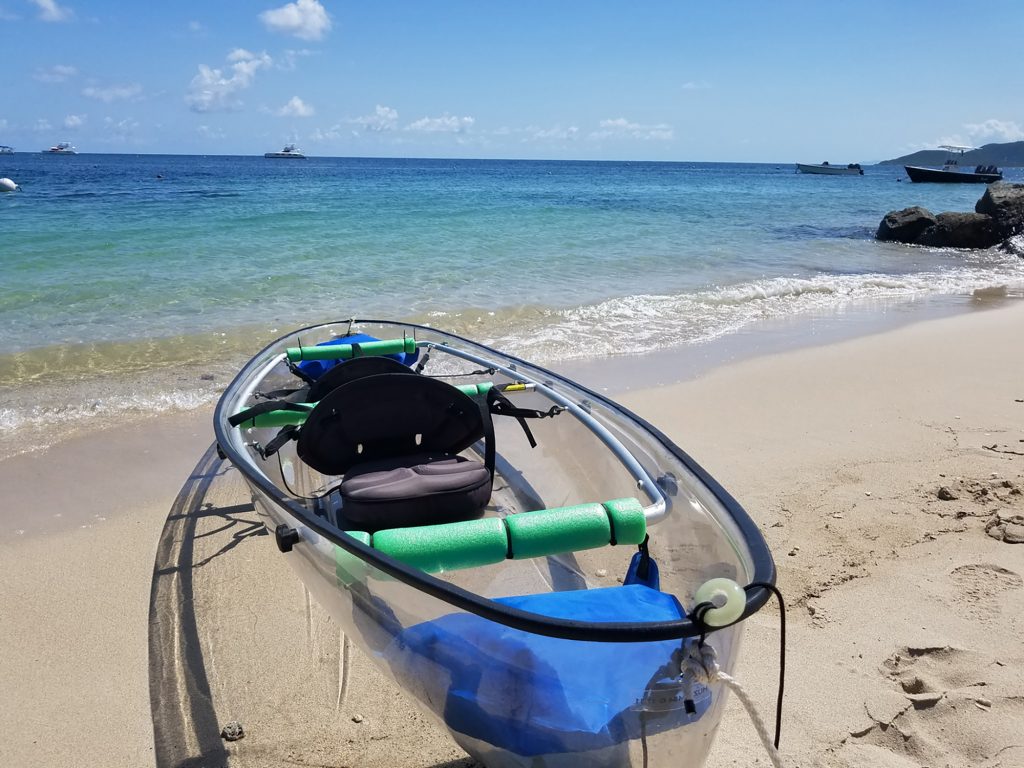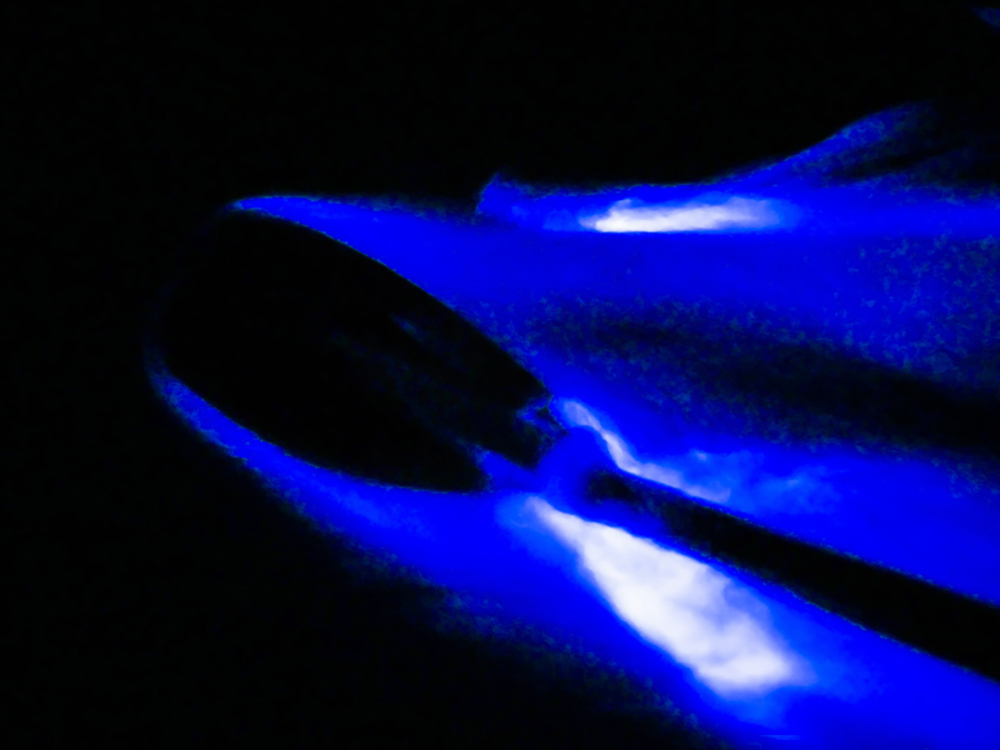We had a magical snorkeling experience in Rincon, where we encountered a huge abundance of healthy sea coral, aquatic life, and even a couple of hawksbill turtles!
Help Save Tres Palmas Marine Reserve!
Please sign this petition to help preserve the wonderful Tres Palmas Marine Reserve in Rincon, Puerto Rico. It was created in 2004 to protect Puerto Rico’s rich marine biodiversity, especially its elkhorn corals. It is now threatened by development in the watershed.
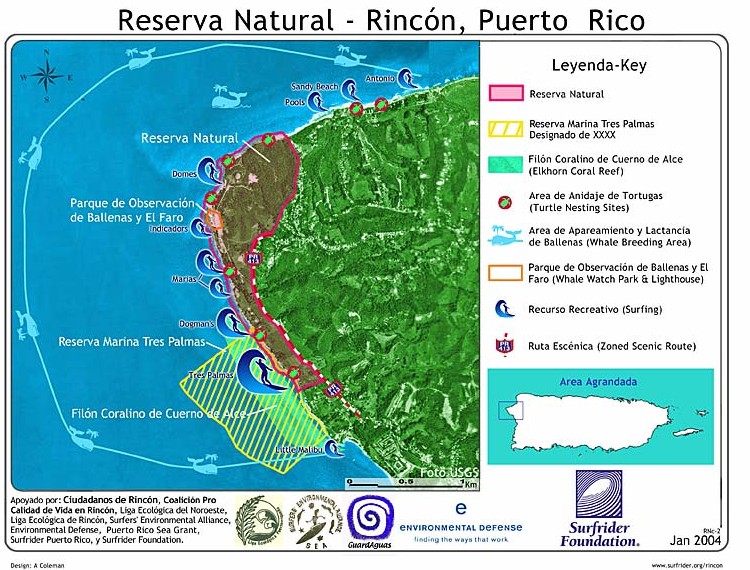
Sign This Petition!
Please sign this petition. It only takes five seconds. But it will help save one of the world’s last great spaces.
Here are some images of this glorious place.
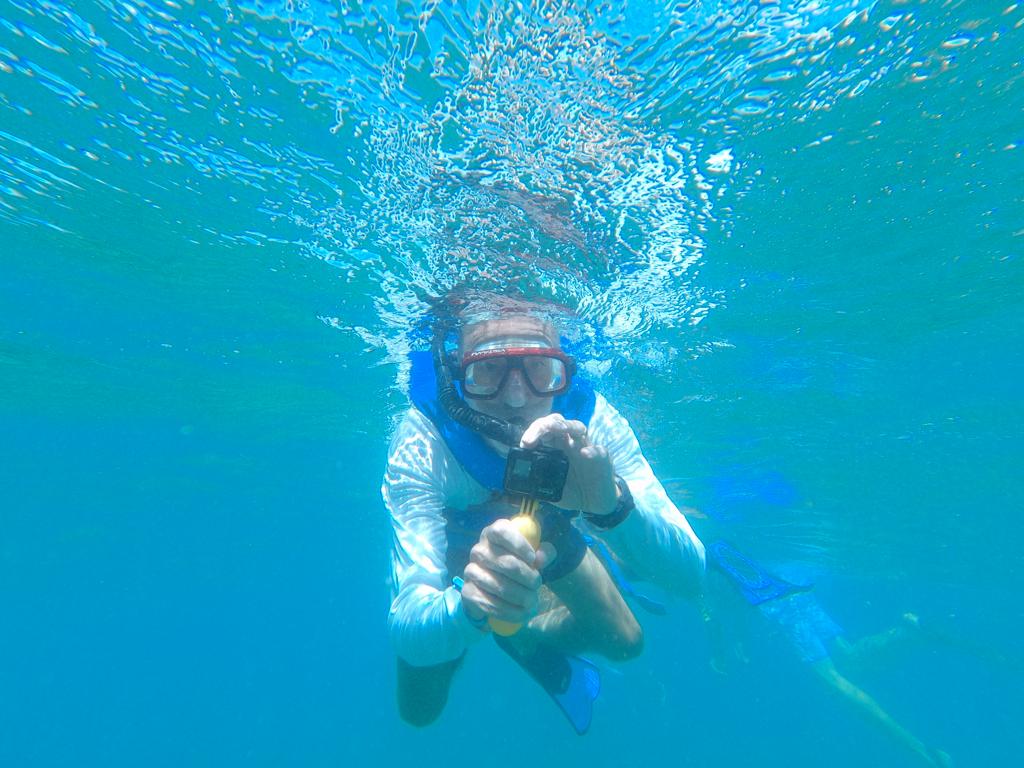

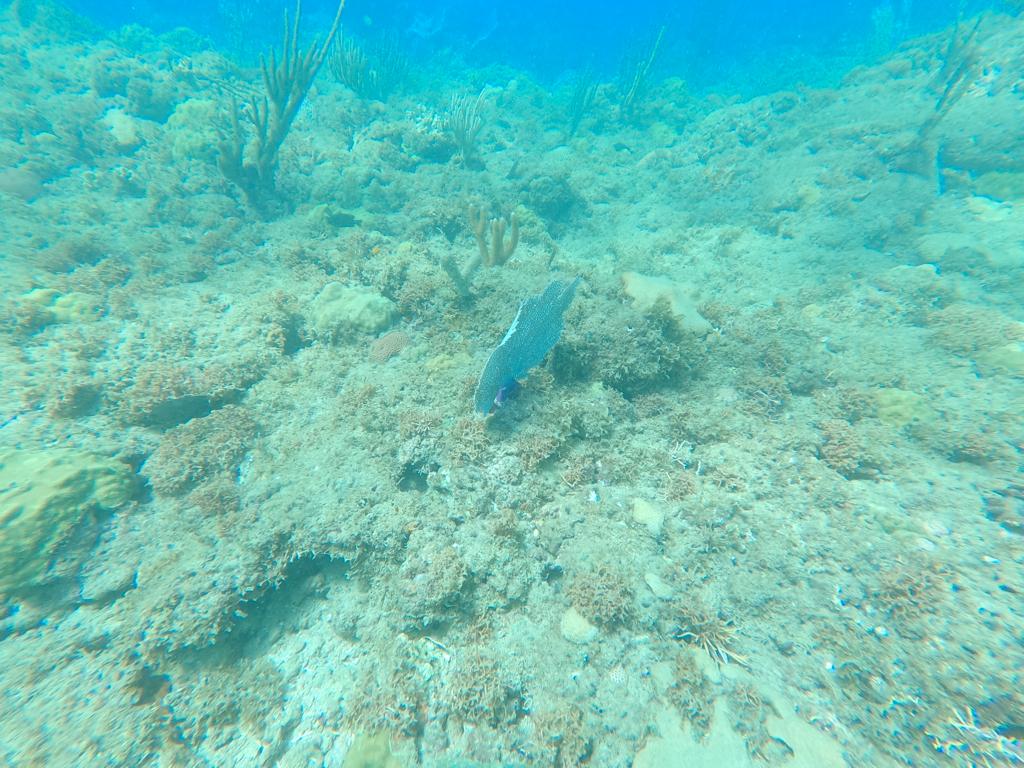
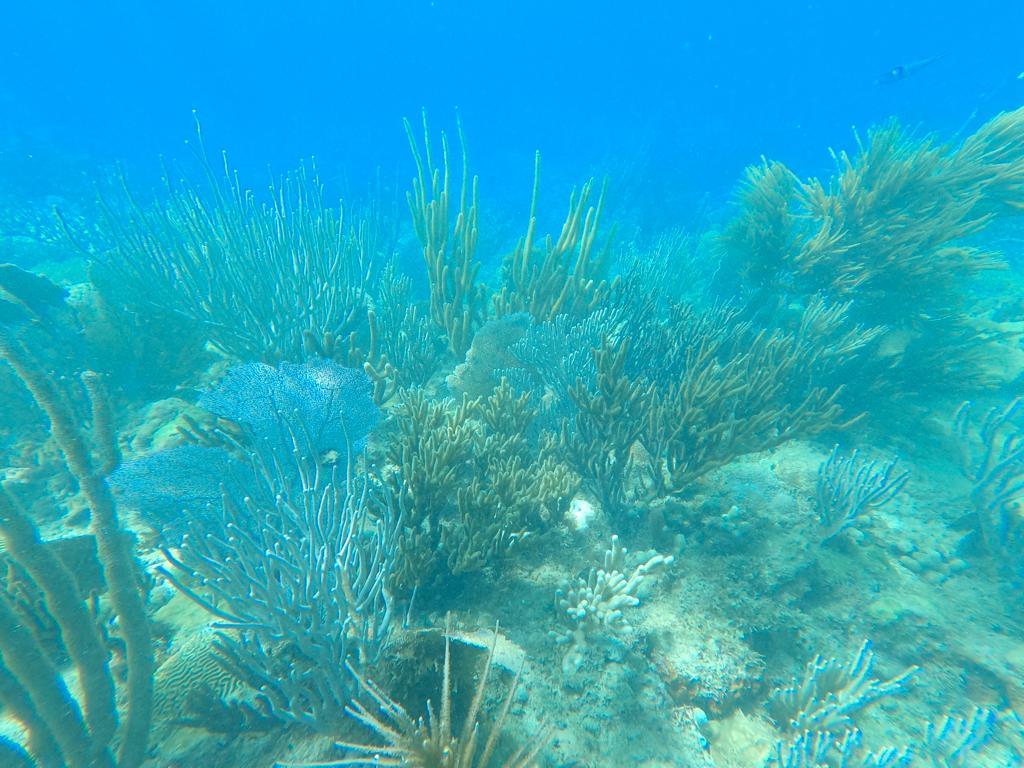
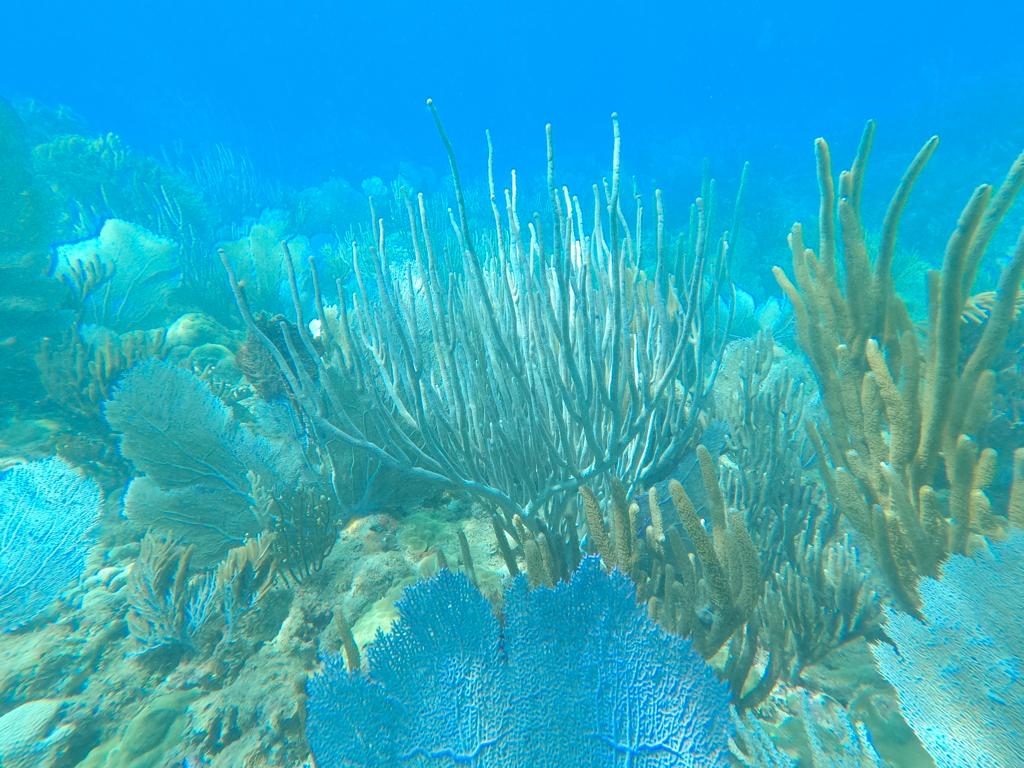
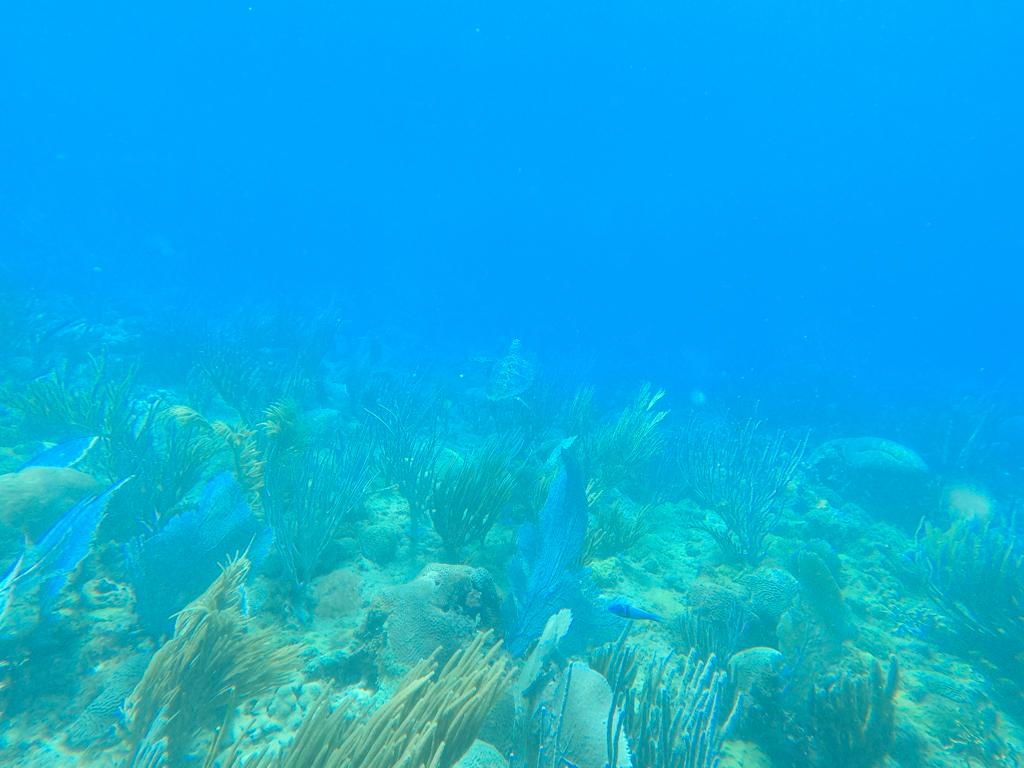
Photos provided by 413 Dive Shop.
Vieques is Not What You Expect!
People go to Vieques for island life, a legendary bioluminescent bay, and fantastic snorkeling. But it is truly a one-of-a-kind experience in so many other ways, whether you’re passing a group of wild horses in the roadway, finding a secluded beach spot to call your own, or watching a tropical sunrise from a beach bar.
If you want to see more snorkeling images, watch our Vieques snorkeling video, at https://youtu.be/r1IfweCRxSg.
Guanica Dry Forest: Cacti, Cliffs and Red-Billed Oystercatchers
Who would expect to see so many kinds of cacti on a tropical island? We were intrigued to view the turquoise waters of the Caribbean Sea from a desert trail in Guánica State Forest, on the southwest end of Puerto Rico.
A United Nations International Biosphere Reserve, the Guánica State Forest, also known as Guánica dry Fores , is one of the most extensive tropical dry coastal forests in the world, totaling around 9,000 acres. It’s a paradise for birdwatchers, and we saw many. Read all about it.
Enjoy Bob’s video of our 3.7-mile hike along the rocky coast and through the desert.
Our day spent hiking and beaching also presented us with captivating flora and fauna! Lisa took a few pictures of her favorites, especially the red-billed oystercatchers. She guessed the name after watching them in action!
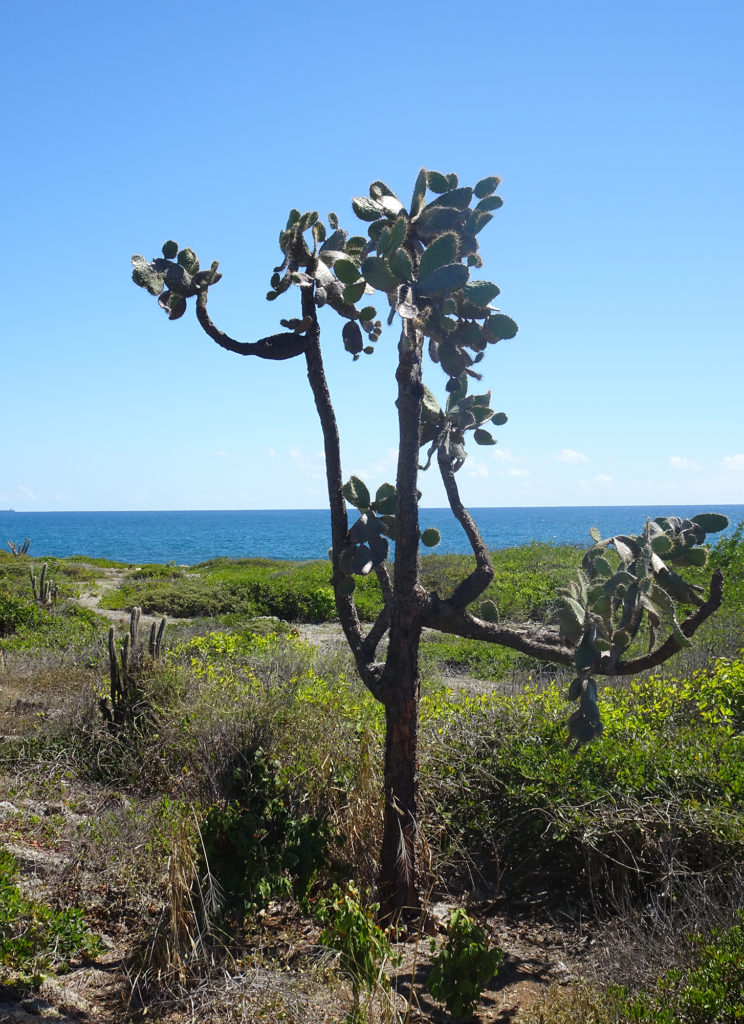
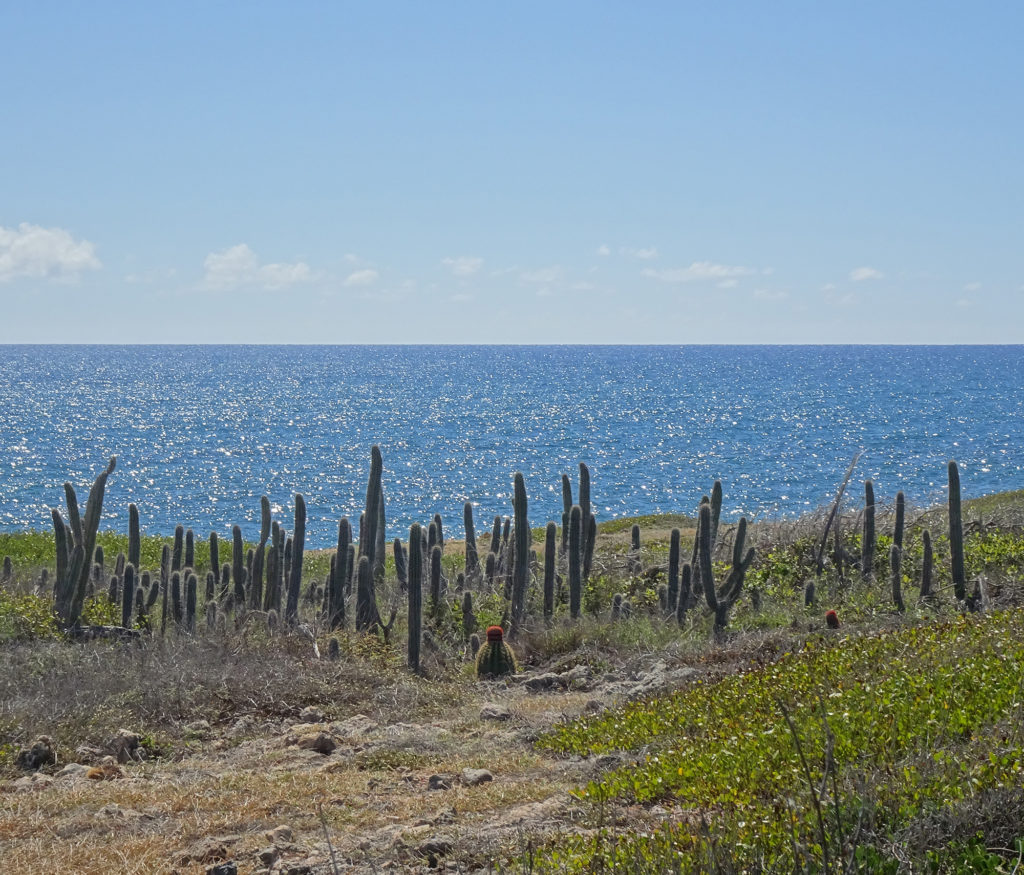
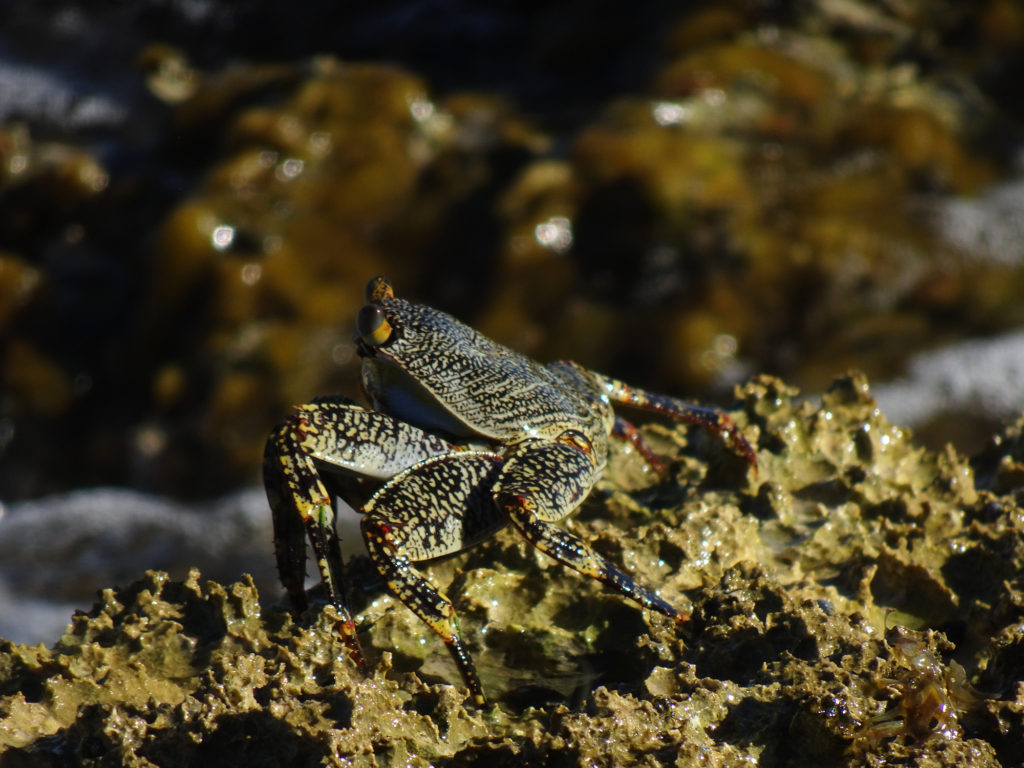
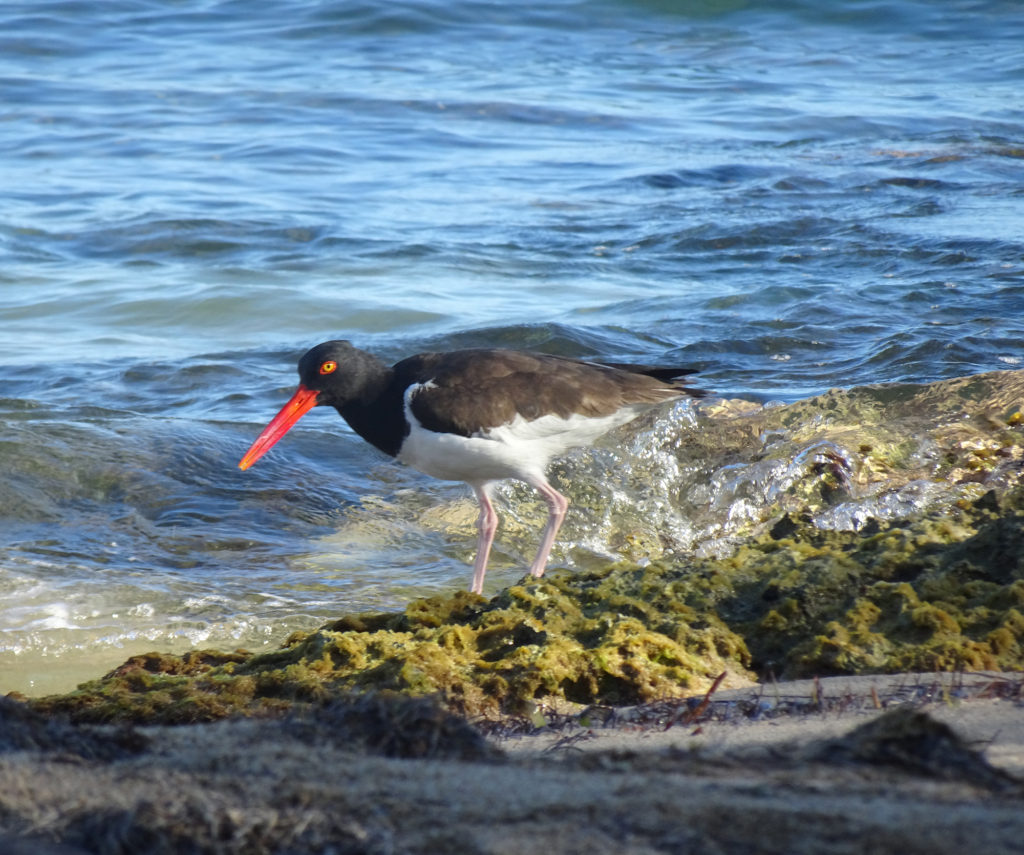
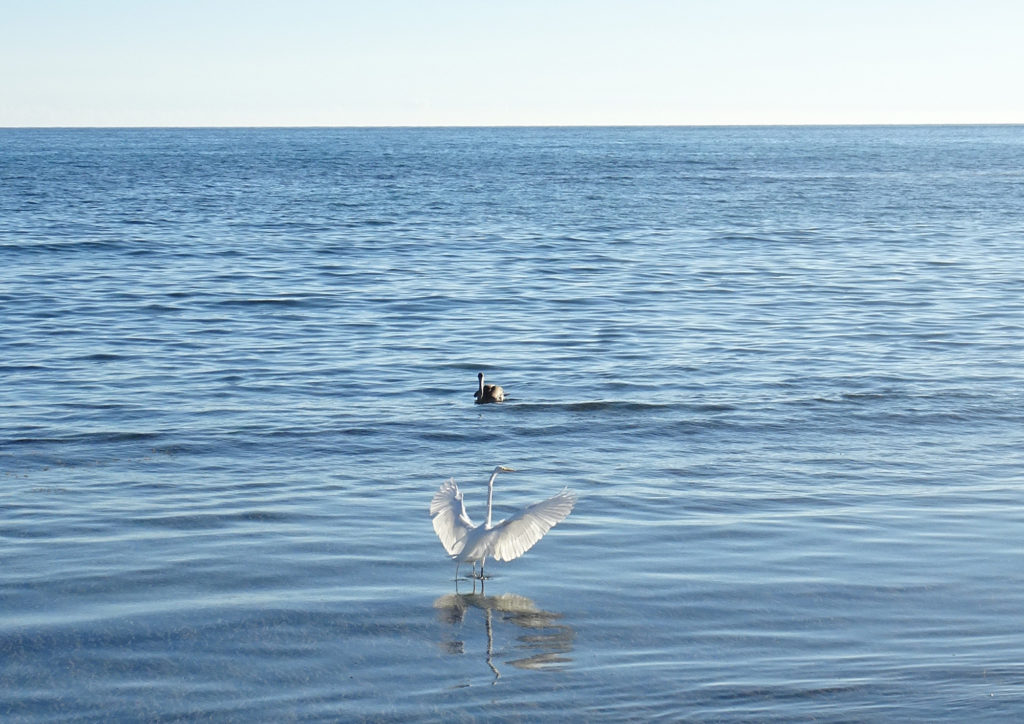
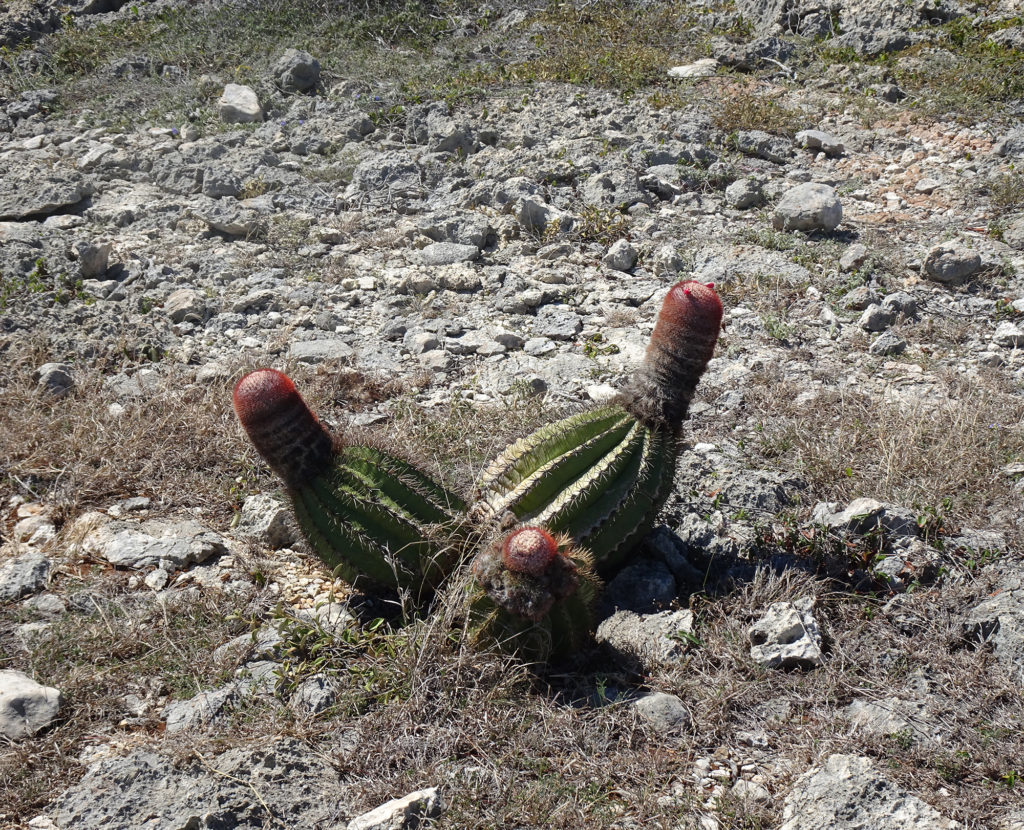
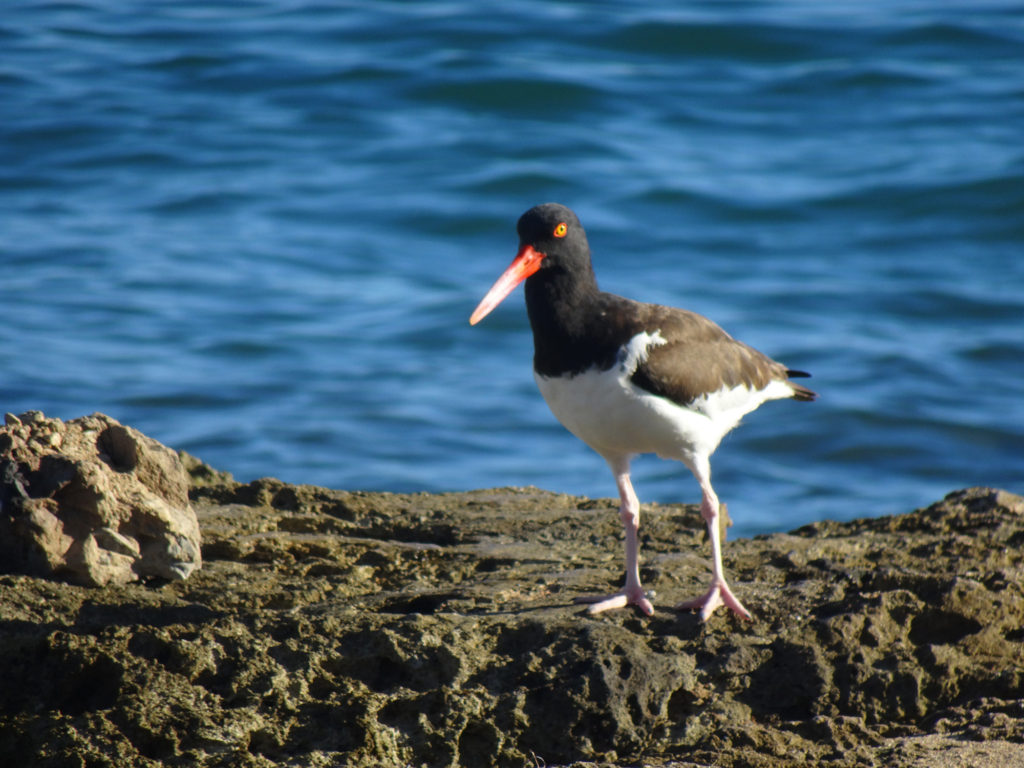
Back to Puerto Rico!
After a month in cold Washington, DC, we are back in Puerto Rico, where Covid is relatively low and everyone wears masks, even outside. Where the weather is warm so we can eat out safely. Where the beaches are lovely and the people are so friendly.
Road Trip!
Our first stop is the village of Cabo Rojo, in the southwest corner of PR. The drive from San Juan was 2 hours and 15 minutes. We’re staying in an apartment in the historic center, right next the the Alcaldía (City Hall) and two blocks from the Plaza in the center.

A number of beaches can be reached in 15 minutes or less by car, and we plan to explore as many as we can over the next month. We also plan to do a lot of hiking, find some new boutique distilleries, visit new cities, and experience life off the beaten path.
Buye Beach
Yesterday we spent the afternoon at Playa Buye, a small local beach ten minutes away. It was adorable, and remarkably crowded with Puerto Rican families for a weekday. There were a couple of bars, a waterside concession, and a number of cinderblock cabins. It was lovely until the rain came.
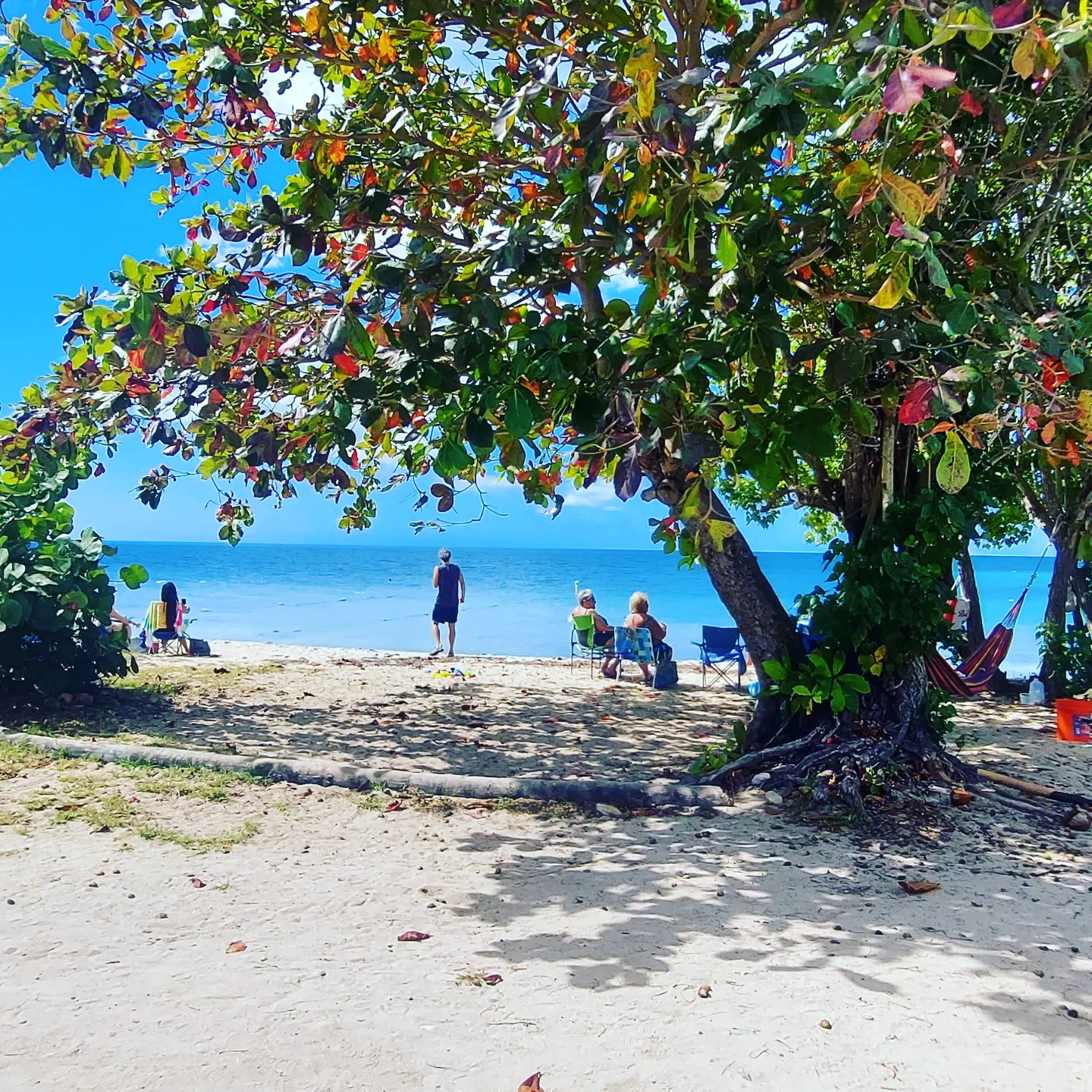
Balneario Boquerón
Today we’re visiting Balneario (Public Beach) Boquerón, and it’s perfection. Three miles of pristine sand and turquoise bay. Hardly any people.
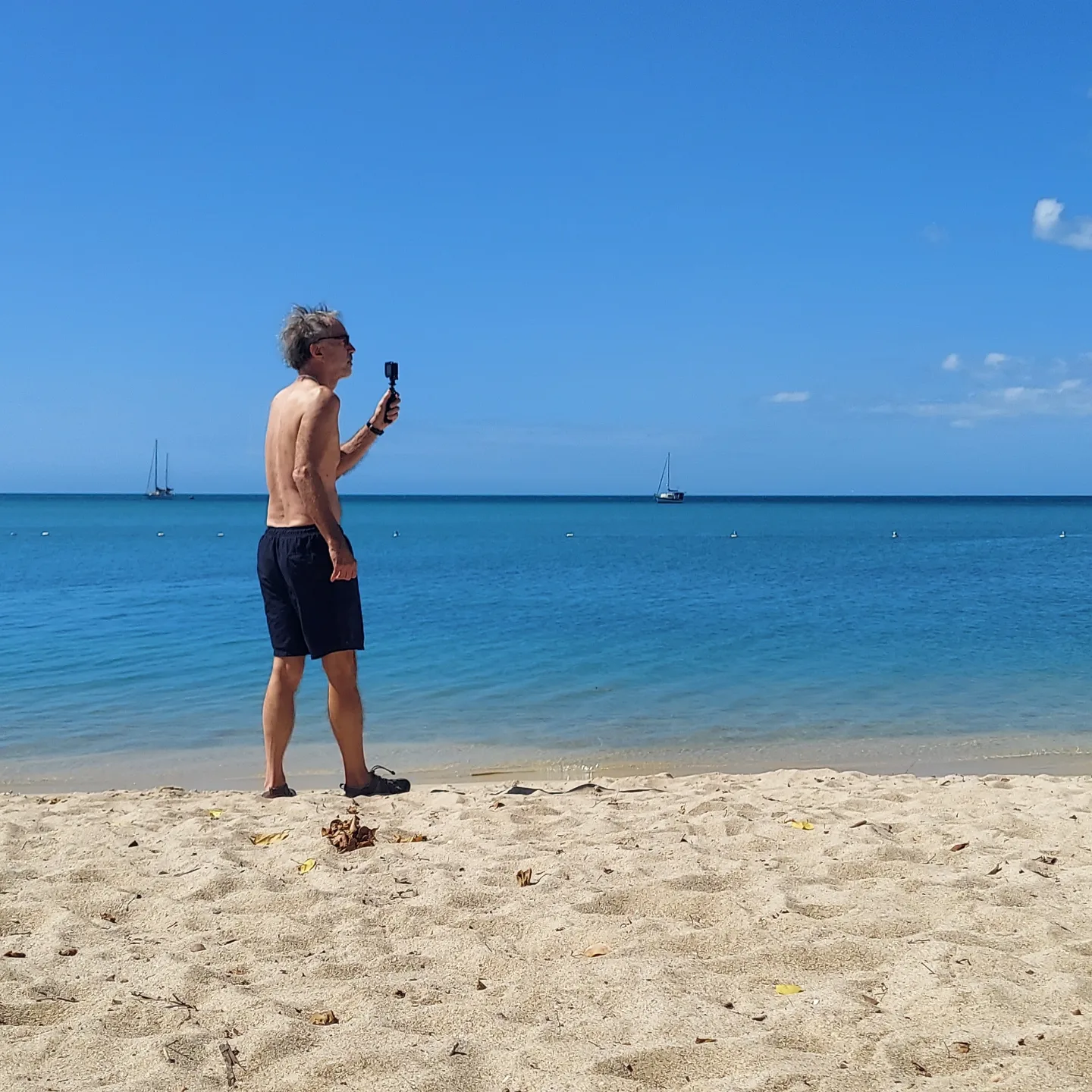
Who knows what tomorrow will bring? Check back to find out!
Three Days in Culebra
We spent three days exploring Culebra, 12 miles off the east coast of Puerto Rico. It’s hard to believe that this tiny island – world-renowned for its pristine beaches, incredible snorkeling in turquoise water, and vibrant underwater landscapes – used to be used by the US Navy for bombing practice.
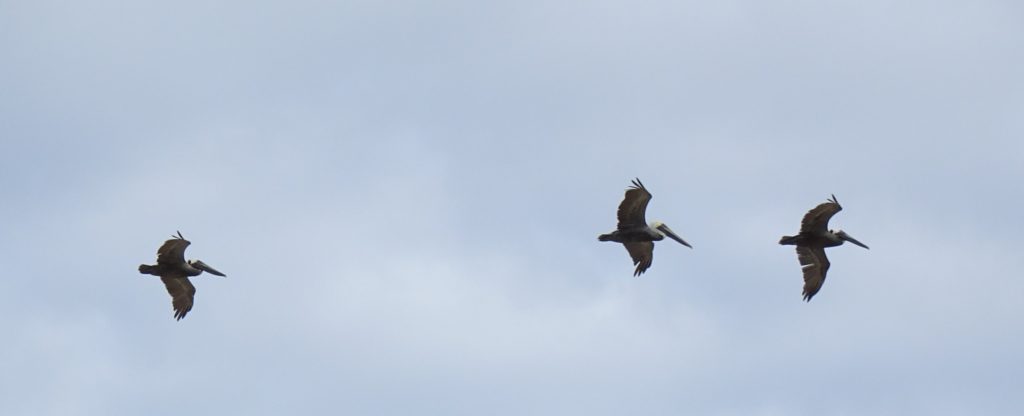
Culebra totals just over 10 square miles, and served as a U.S. Naval base until 1975. That’s why you can still find a couple of rusting World War II tanks there, detritus that has been reimagined as art by Culebrans. You can read all about the tanks in this article from Atlas Obscura.
The flight alone was spectacular.
More than 20% of Culebra is preserved as a National Wildlife Refuge, which serves as a habitat for endangered sea turtles and seabirds, among other creatures. The flight in and out literally takes your breath away as you behold soaring mountains, dappled clear waters, and lush forest.
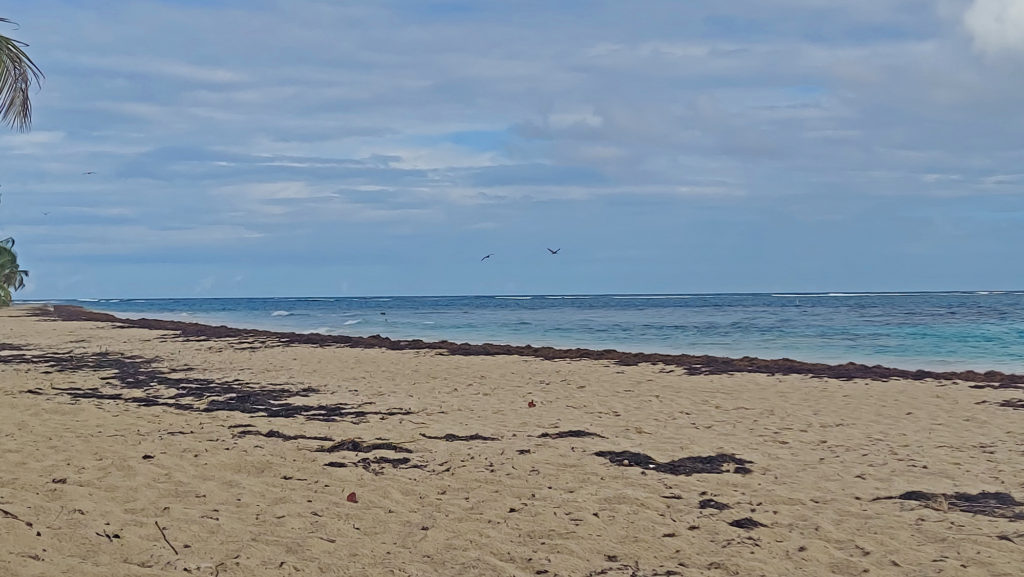
If you’re looking for natural beauty, come visit. If you’re for nightlife, go elsewhere.
Three Days in Culebra YouTube Video
Related Links
Culebra
Puerto Rico Ferries
Messy Suitcase Snorkeling Culebra (Snorkeling Series Video #1)
Gypsea Mermaid Guesthouse
Dinghy Dock Restaurant
Vieques Airlink
Why are there US Army Tanks on Culebra’s Beautiful Flamenco Beach?
Why did the US Army leave two giant tanks at the end of Flamenco Beach on the Puerto Rican island of Culebra, considered one of the most beautiful beaches in the world? Find the answer in the latest Messy Suitcase YouTube video.
Leaving Puerto Rico Today
Beto’s enjoying a last hour of beach time before we fly to the snowy northeast today.
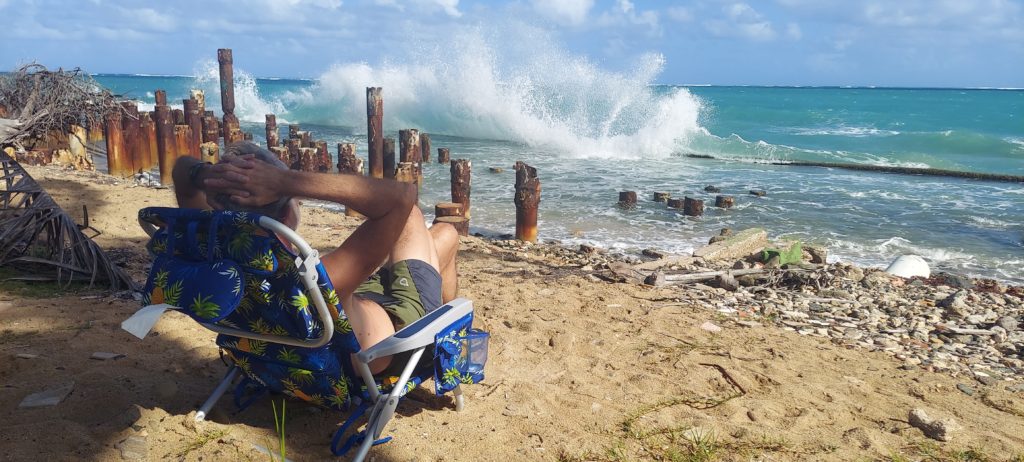
Lisa is capping her last run in San Juan in 2021 with coffee and a pastry (from 787 Coffee, of course) by the ocean.
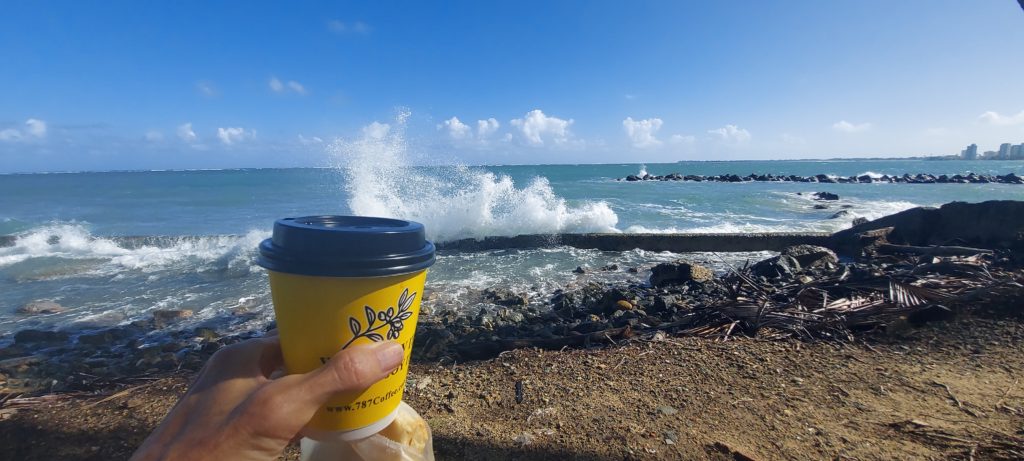
Enjoy some last images of the weird, wonderful beach at Punta Las Marías, our home for the past month.
This evening we board a plane bound for Manchester, NH, where our car is parked. Then, tomorrow we plan to get up super early, drive across the state of Vermont before an approaching snowstorm, scoop up Gavin and his cat Ellie at Champlain College in Burlington, and drive down to Sarasota, NY for the night. On Sunday, we rise early and drive another seven hours to our next home: Washington, DC!
We are not looking forward to going from 84 degrees to 29 in a few hours’ time.
Isla Vieques (Part 2)
The US Navy and Vieques
When Bob and I lived in Puerto Rico in the 1990s, the US Navy owned a large chunk of Vieques. It had bought 22,000 acres, or about two-thirds of the island, from the native inhabitants in the 1940s, and used 8,000 acres on the western end of the island as a naval ammunition depot until 2001, when the property was returned to the island. You can read the history here, including Vieques residents’ health effects from the Naval presence and protests to force the Navy to leave the island.
But long story short, despite negative effects, the long US Navy presence meant that huge swaths of the island were never developed. So today it is the Vieques National Wildlife Refuge, considered one of the most ecologically diverse refuges in the Caribbean and the largest wildlife refuge in the region.

It has beautiful, undeveloped beaches and stellar snorkeling, and a few hiking trails. (Unfortunately, a large chunk of the land is not open to the public because of the danger from possible encounters with unexploded ordnance, which the Navy is slowly cleaning up.)
Beach Hopping & Snorkeling
Snorkeling and pristine beaches are the island’s main draws, and we came with our own gear, prepared to take advantage of both. With only 2½ days to explore, we could barely taste the multitude of beaches started with Chiva Beach (formerly the Naval Base’s Blue Beach), which had a bit of dried sargassum along its shoreline but was still lovely, with clear turquoise water and reefs just a short swim out. There were a number, but we did the best we could! The Vieques Insider website was a great resource for the best places to pull on our fins and masks and wade into the water.
Here are the highlights:
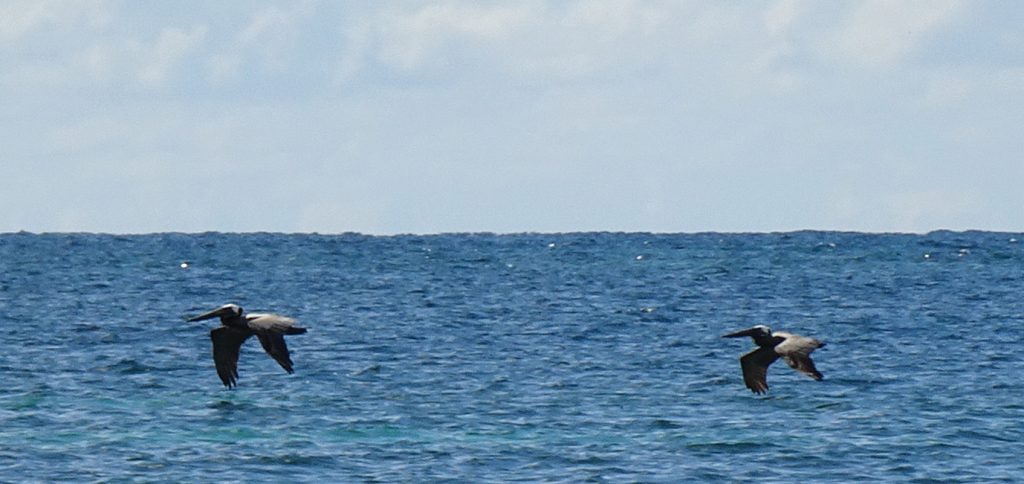
Chiva Beach: We passed a number of individual entrances to the beach, numbered, with parking for just one or two cars at each. We finally chose #10 and settled ourselves in the shade among the mangroves, when a huge iguana pooped spectacularly from a branch behind us. How often do you get to witness that? A little lizard also watched us curiously, and many majestic pelicans flew by.
I snorkeled there and saw some lovely coral and a multitude of undersea life. On my way back into shore, I found myself in the magical middle of an enormous school of dancing silverfish.
Caracas Beach: Caracas is a larger beach on a bay with lovely, calm water for swimming, and even parking, shelters, and even a bathroom, something the smaller beaches were lacking. There we relaxed on a concrete strip among the trees and watched the visiting horses wander around and forage in the garbage.
In fact, we ran into horses everywhere we went. Also, weirdly, a wild pig.
Esperanza Beach: Esperanza Beach, near the town by the same name on the south coast, is primarily a local hangout, a little grittier than the others because of the parking lot behind us in which men smoked weed and teens hung out, but we enjoyed its charms. Its most striking feature is a deserted concrete pier which provides an eerie, fascinating snorkel experience. You can dart between the coral-encrusted pylons and watch fish swimming in and out among old anchors and piles of thick rope abandoned on the seafloor below. I almost ran into huge purple jellyfish a couple of times. People claimed sea turtles hang out underneath the pier, but we weren’t lucky enough to see any. Kids jump off the pier into the water on weekends.
Black Sand Beach: We had to hike for six-tenths of a mile through lush woods to reach Black Sand Beach, though the GPS first took us down a long, incredibly bumpy, narrow dirt road to a cliff near the beach. Black Sand Beach is so named because it boasts volcanic sand, but we found it to be overhyped. The walk was lovely, but the beach itself was not a place where you would want to hang out, and the so-called “black sand” just made the area look dirty. However, the views of the sea crashing into the cliffs were spectacular. Here’s a video of the beach.
Pata Prieta Beach: Pata Prieta, not far from Chiva, offered some gorgeous snorkeling along the rocky east side of its cove. Among the vast quantity of sea life we encountered while swimming in shallow water above the coral reef, I saw a small barracuda and even an octopus! He was hiding in plain sight on the seafloor, camouflaged among the rocks and plants. I only recognized him because I had seen the documentary My Octopus Teacher on Netflix. He crept along as I watched him, before finally deciding to launch himself and swim away, shedding his rocky camouflage and revealing himself to be a translucent orange swimmer.
Bioluminescent Bay Tour
The highlight of our trip was the touristy experience everyone needs to have, a Bioluminescent Bay Tour. We went out in transparent double kayaks the first night to see the brightest bioluminescent bay in the world with Taino Aqua Adventures. Our guide, Kevin, took us out into Mosquito Bay in the darkness of a waxing moon under mercifully cloudy skies, and the water shimmered green, blue, or white (depending on your vision) with every stroke of the paddle. The water also sparkled underneath the boat as we moved through the inky water. It was magical!
But actually, it was science. Kevin explained that the luminescence in the bay is caused by a microorganism, the dinoflagellate Pyrodinium Bahamense, which glows whenever the water is disturbed, leaving a trail of neon blue.
Sorry, because of the darkness and the fact that our hands were busy paddling, we were not able to get any photos or video. You can see what it looks like on Taino Aqua Adventures’ website.
We have so much more to share, but I think you are just going to need to visit Vieques yourself!
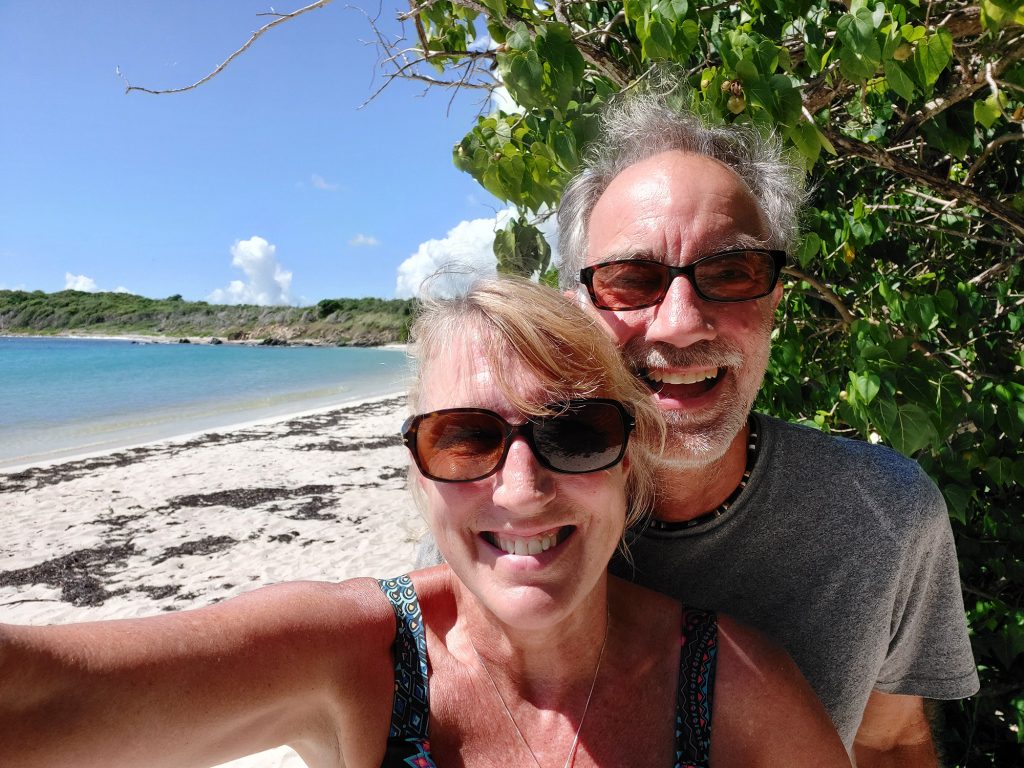
Here are some resources to get you started:
Beautiful, Isolated Playa San Miguel
Here’s an important Spanish word for you to learn if you’re going to read our blog while we’re in Puerto Rico: Playa. It means beach. Puerto Rico is covered with gorgeous beaches — the northern ones facing the Atlantic Ocean and the southern ones the calmer Caribbean Sea — and we want to visit as many as we can while we’re here! There are endless varieties of sand-and-sea to be found on the Isla Encanta, each one more beautiful than the last.
We pulled out Google Maps and saw that Playa San Miguel was just one exit or so east from our condo in Luquillo on Rte. 3. We packed up a cooler with drinks and snacks, grabbed our beach chairs, towels, and sunscreen, and headed out.
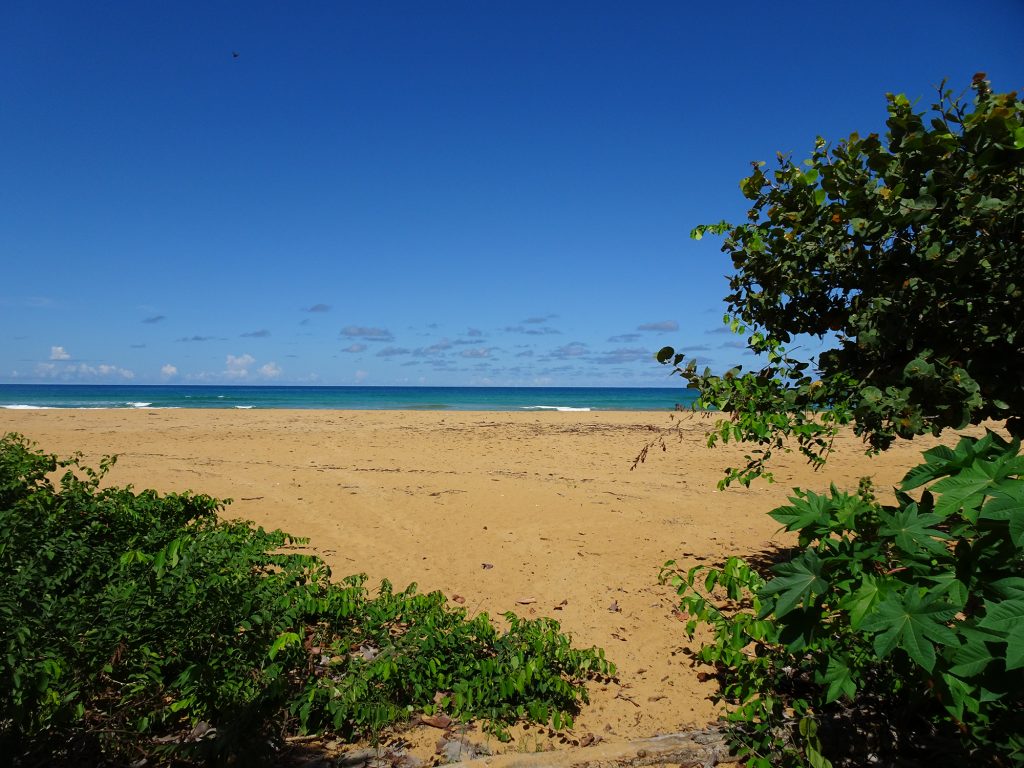
Rough Road
To get there we had to drive our low-hanging rental five miles down a dirt road that seemed fine at first … until we hit the puddles. Small ponds might better describe them. Then they became lakes. I help my breath as Bob slowly navigated the Corolla along the edge of each, praying we wouldn’t get stuck in the muck in the middle of nowhere. Where was Bob’s Toyota Tacoma when we needed it? (Back in a parking lot in Manchester, NH.)
Bob commented that when we lived in PR in the 90s, he bought his guagua (truck, specifically a Jeep Cherokee with a cow-catcher grill on the front that Puerto Ricans call a “rompamonte”) so we could easily navigate these types of roads, but back then, I was working so much that we never did. This is part of the reason we have returned. Same adventurous spirit, more time — but sadly, no guagua.
The long road traversed the La Reserva Natural Corredor Ecológico del Noreste, a nature reserve and a prime ecotourism destination.
Somehow we made it to an entrance to a beach, where we saw a sign that told us, essentially — don’t drive on the sand, pack our your litter and don’t mess with the sea turtles that nest here.
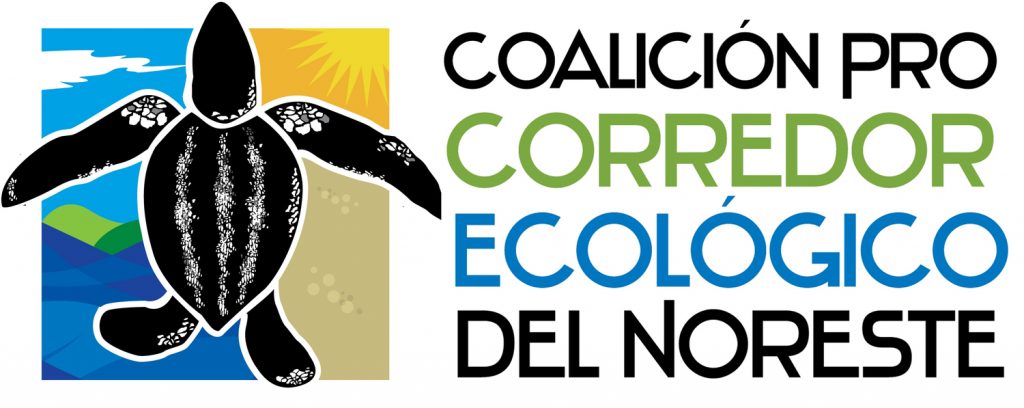
We parked at the edge of the road, walked through a break in the trees, and found … paradise.
An Empty Beach
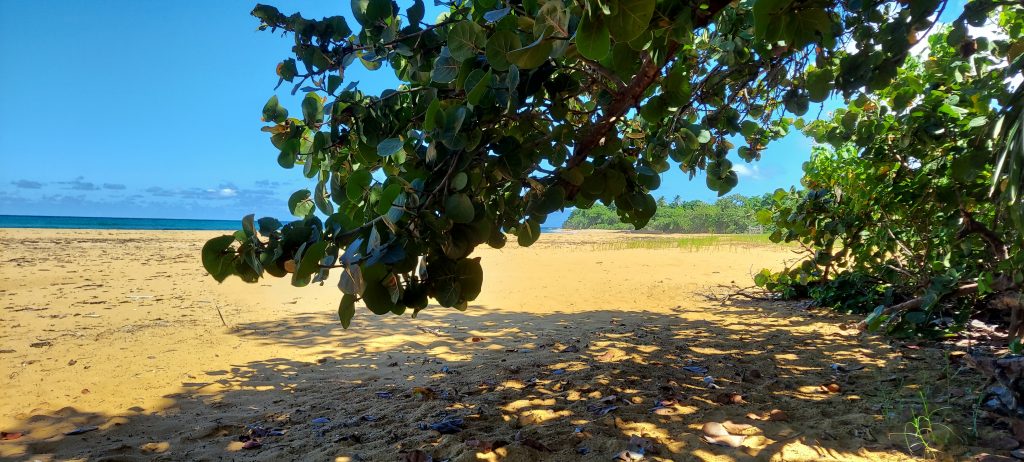
The sand was golden, stretching for miles in both directions, and the beach was completely empty of humanity. Three pelicans flew over, followed by a snowy egret. Little birds scuttled along the sand. To our right, a large, low-hanging tree with fat round leaves provided the perfect shady spot for setting up our base camp, which we did.
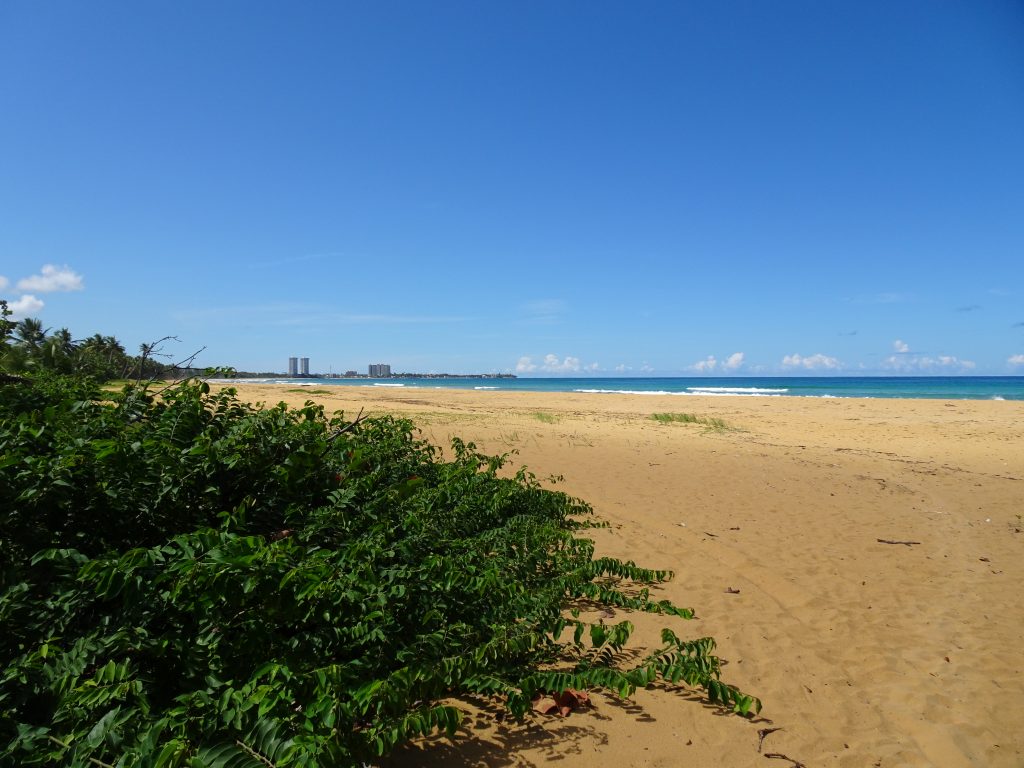
Keeping It Clean
As I walked down to the ocean, I found a bit of litter wrapped up in the brown seaweed that had washed onto the sand with high tides. I picked up a paint can from the debris and began filling it with plastic cups, a mask, food wrappers, plastic forks, and more evidence of mankind. The disadvantage of an unmaintained beach is that it’s not cleaned regularly, and this debris was clear evidence of the litter that’s filling our oceans. I decided that one way to leave my mark on this island is to leave it cleaner than I found it. I filled another plastic bucket found with trash as well, and will bring trash bags next time.
Glorious Beach
But despite the litter, San Miguel Beach was perfect. The tide was rougher than in the bay where we are staying, waves crashing loudly onto the sand. I was wearing a bikini, which normally makes me nervous about bodysurfing, but no one was around, so who cared if the top or bottom got pushed down? We bodysurfed for a long time, laughing. It was amazing! I felt like a kid again. We were aware of a slight rip current, so we kept an eye on each other and made sure we didn’t go too deep.

Alas, lunchtime came too soon, and it was time to go hunting for food. Next time we will pack a lunch, because it’s not very appealing to drive this long, wet road twice.
We definitely plan to return to Playa San Miguel, many times. But not today. It poured last night, and our car would likely sink into one of the lakes on the dirt road and disappear.
We also need to learn more about this Ecological Reserve. We’ll keep you posted!


